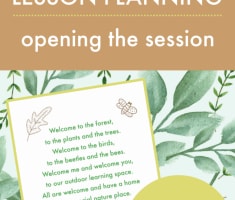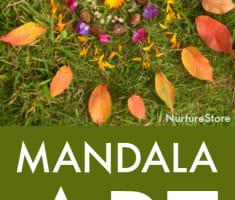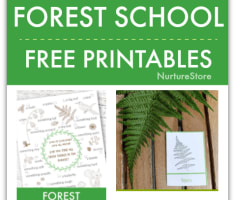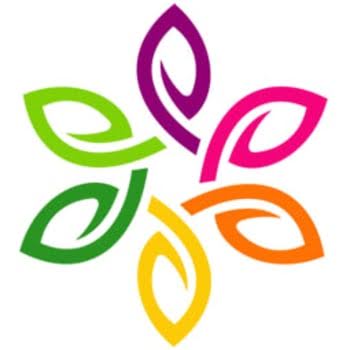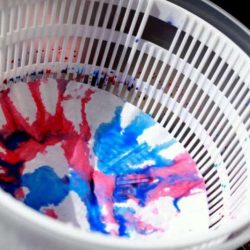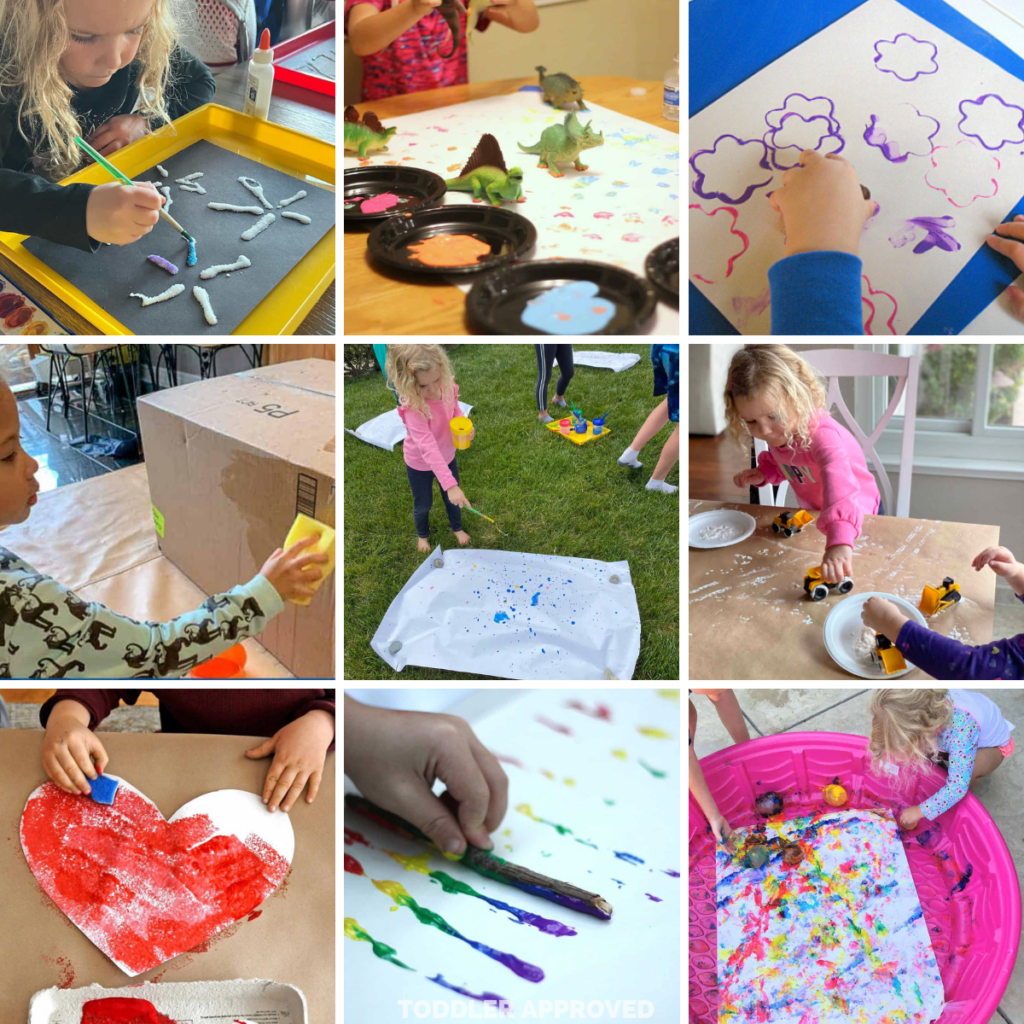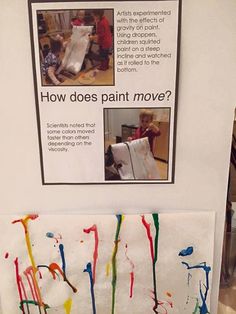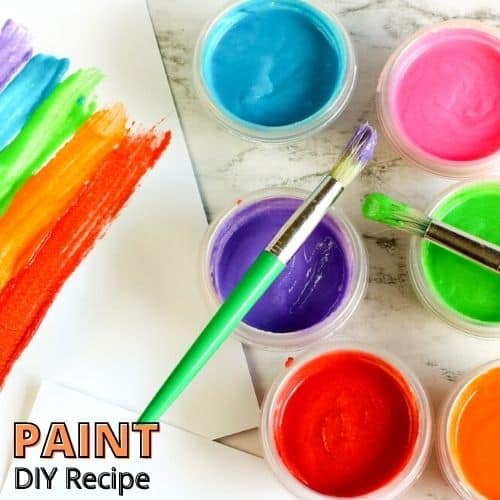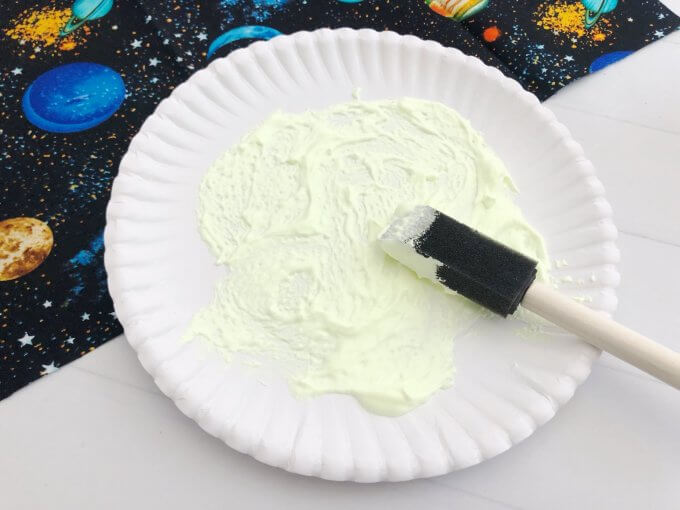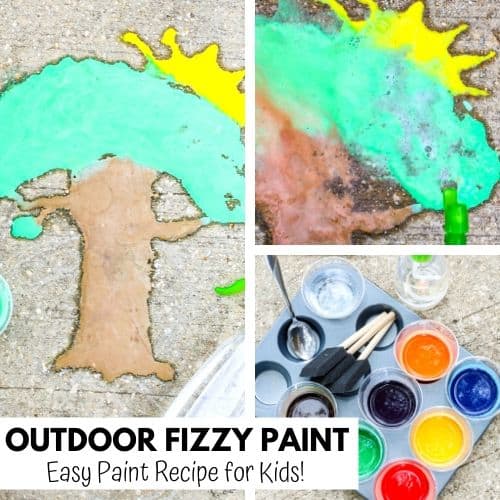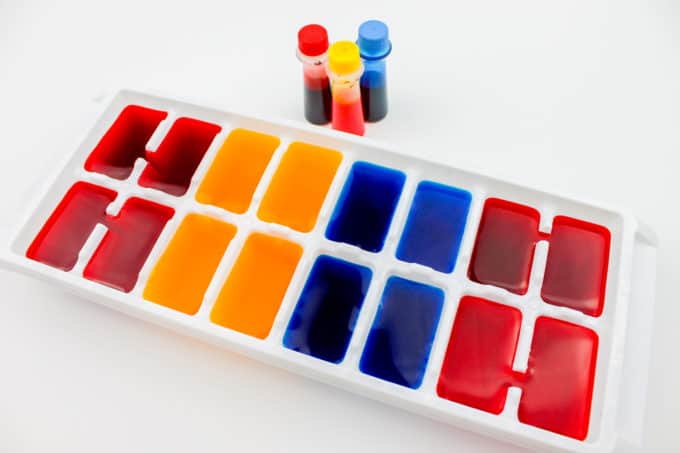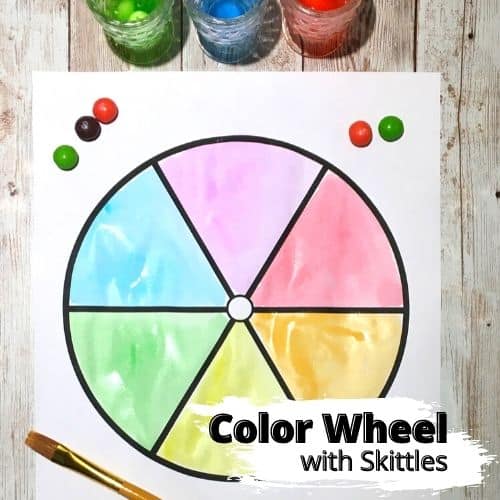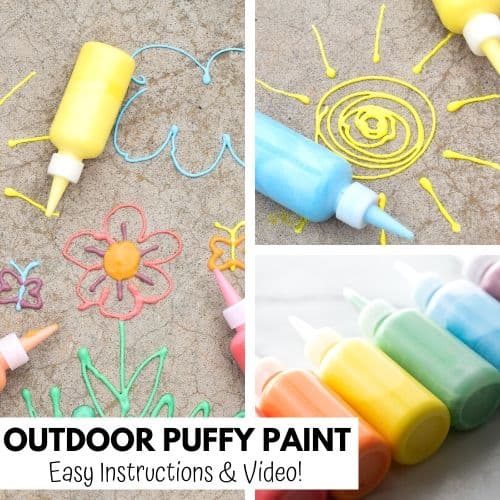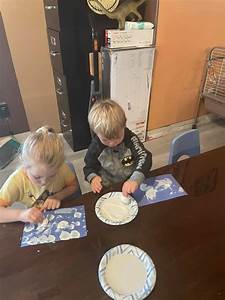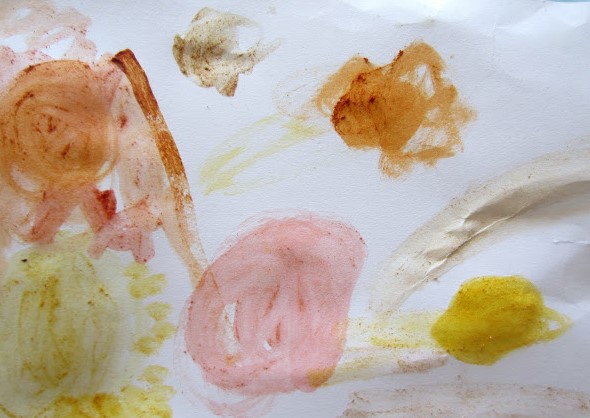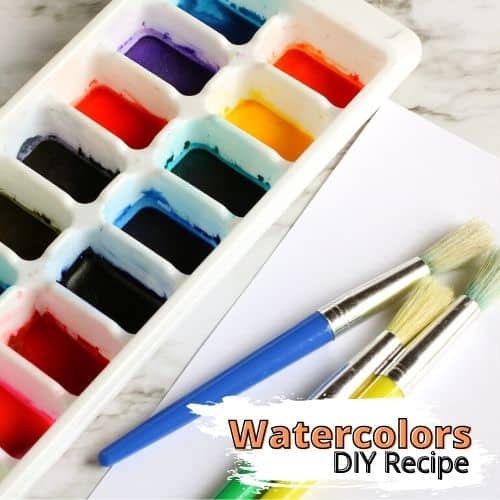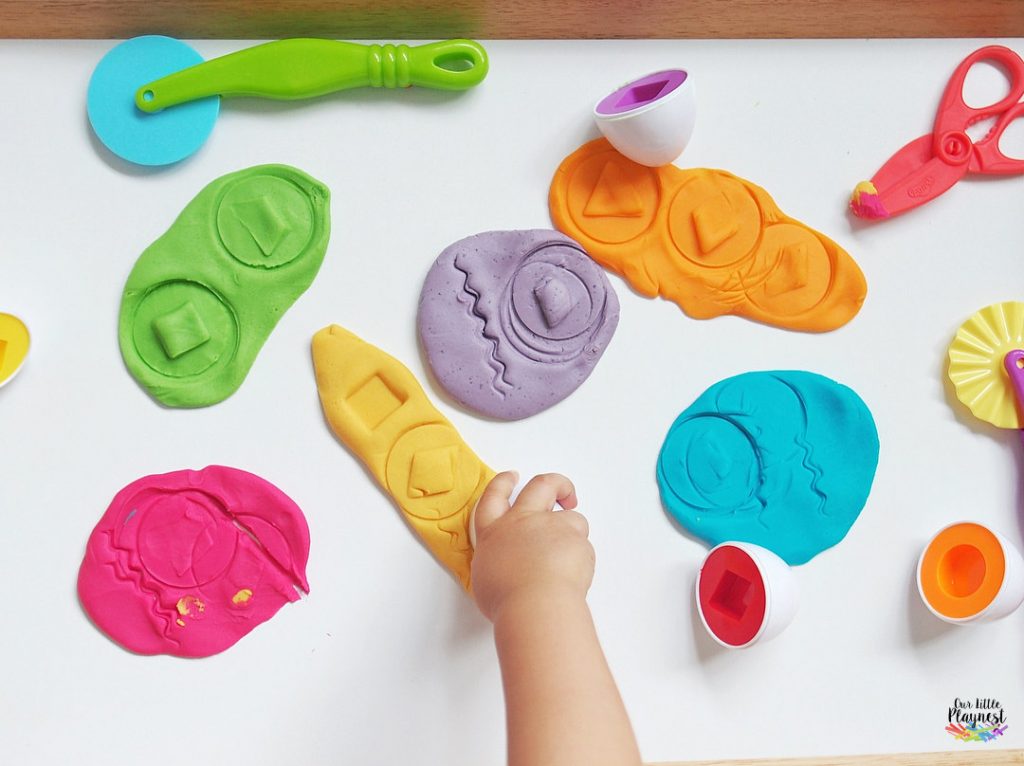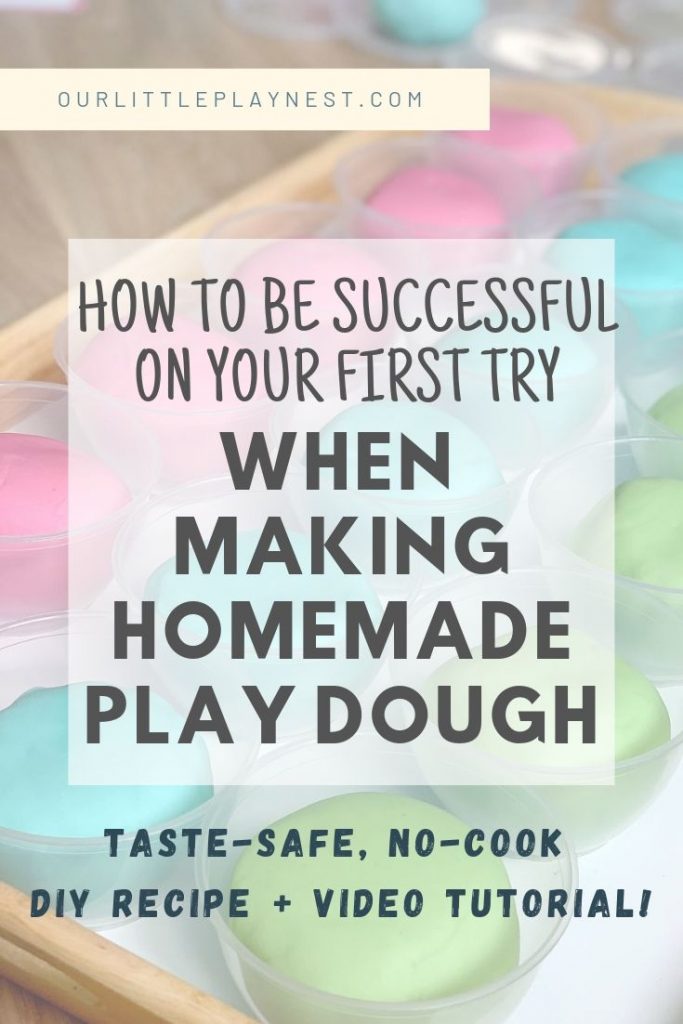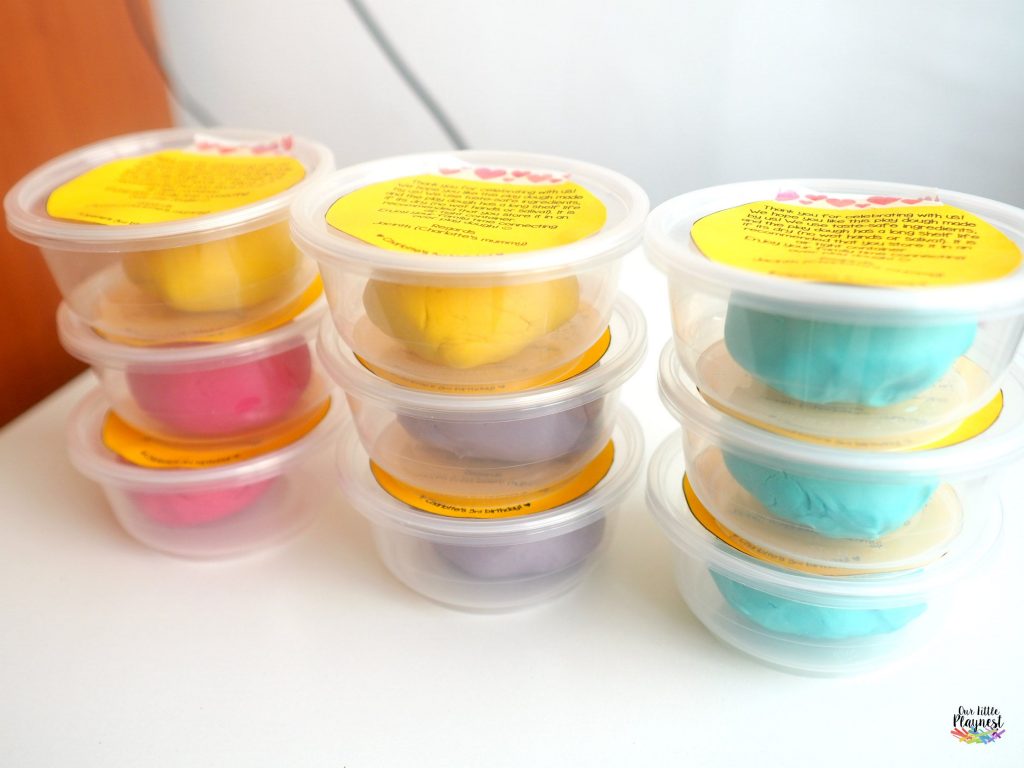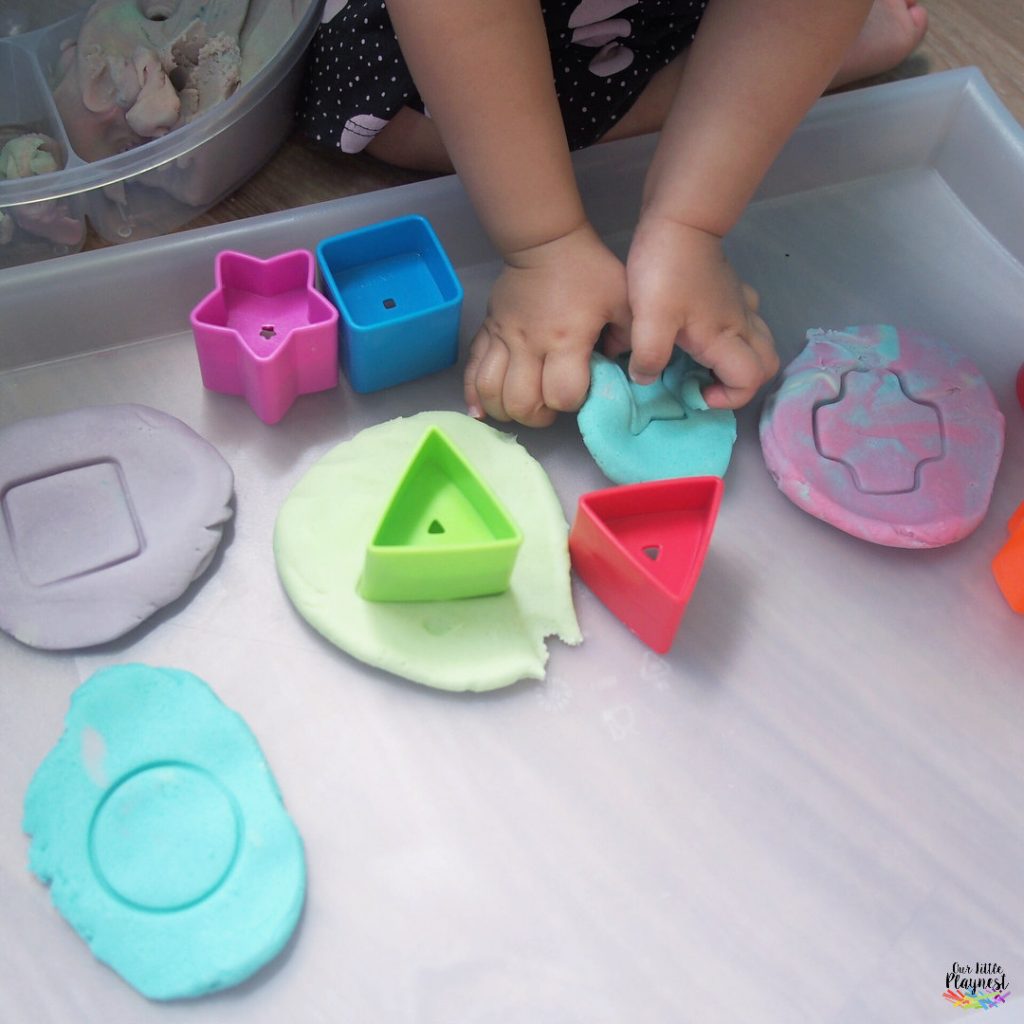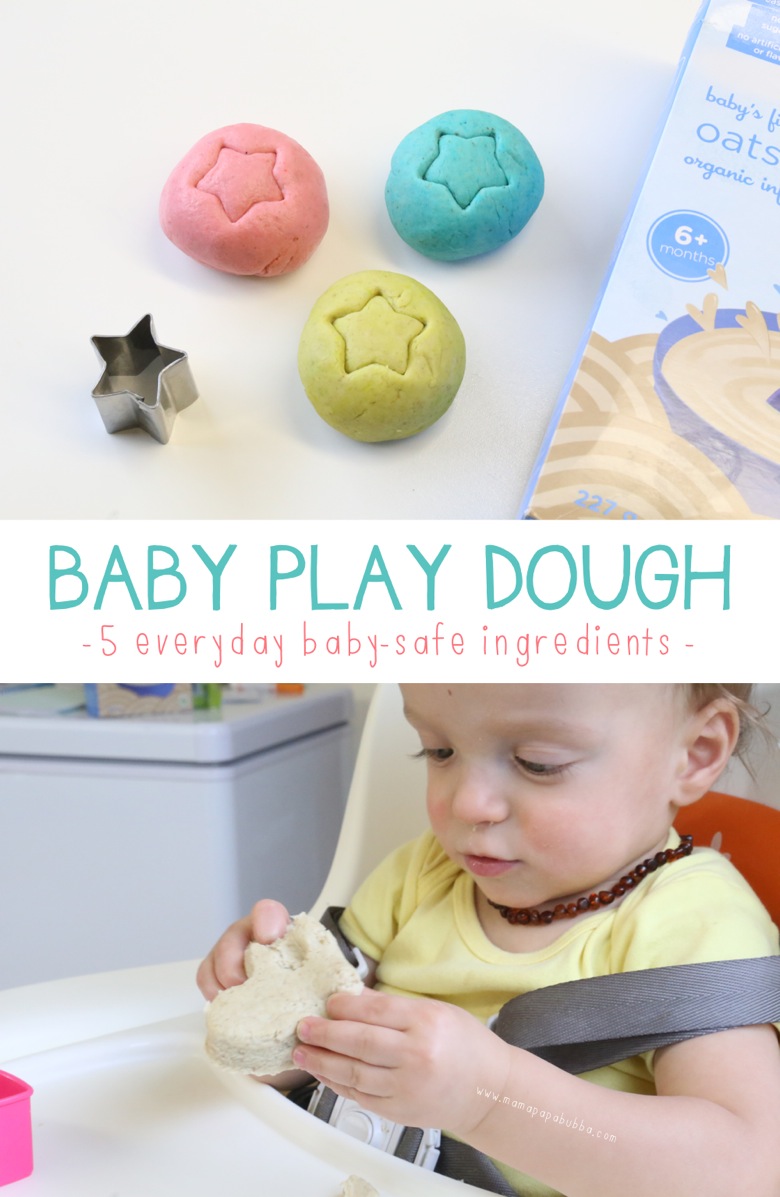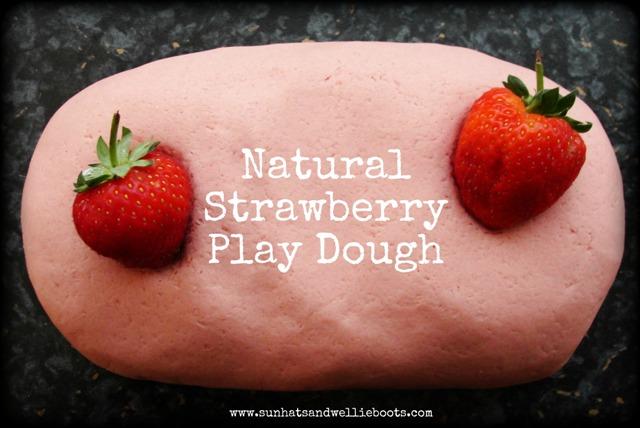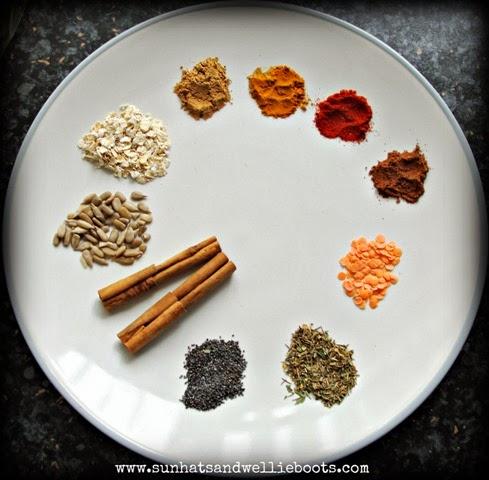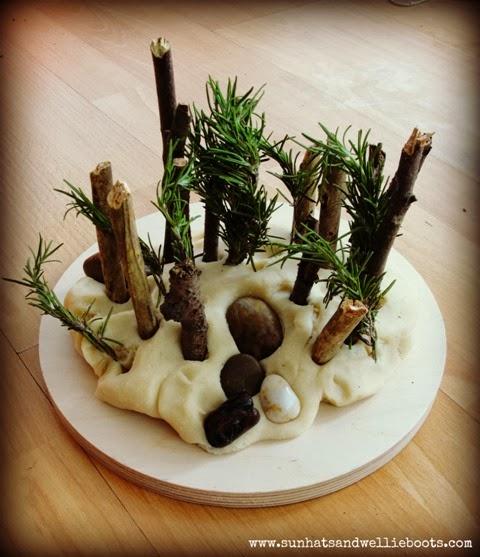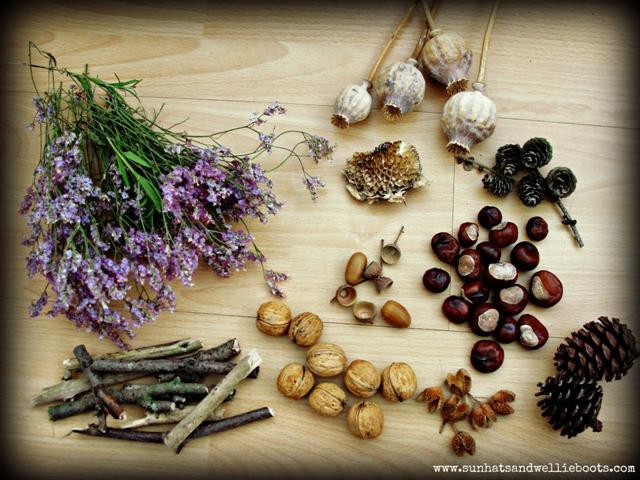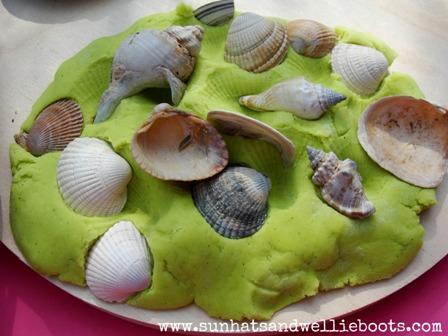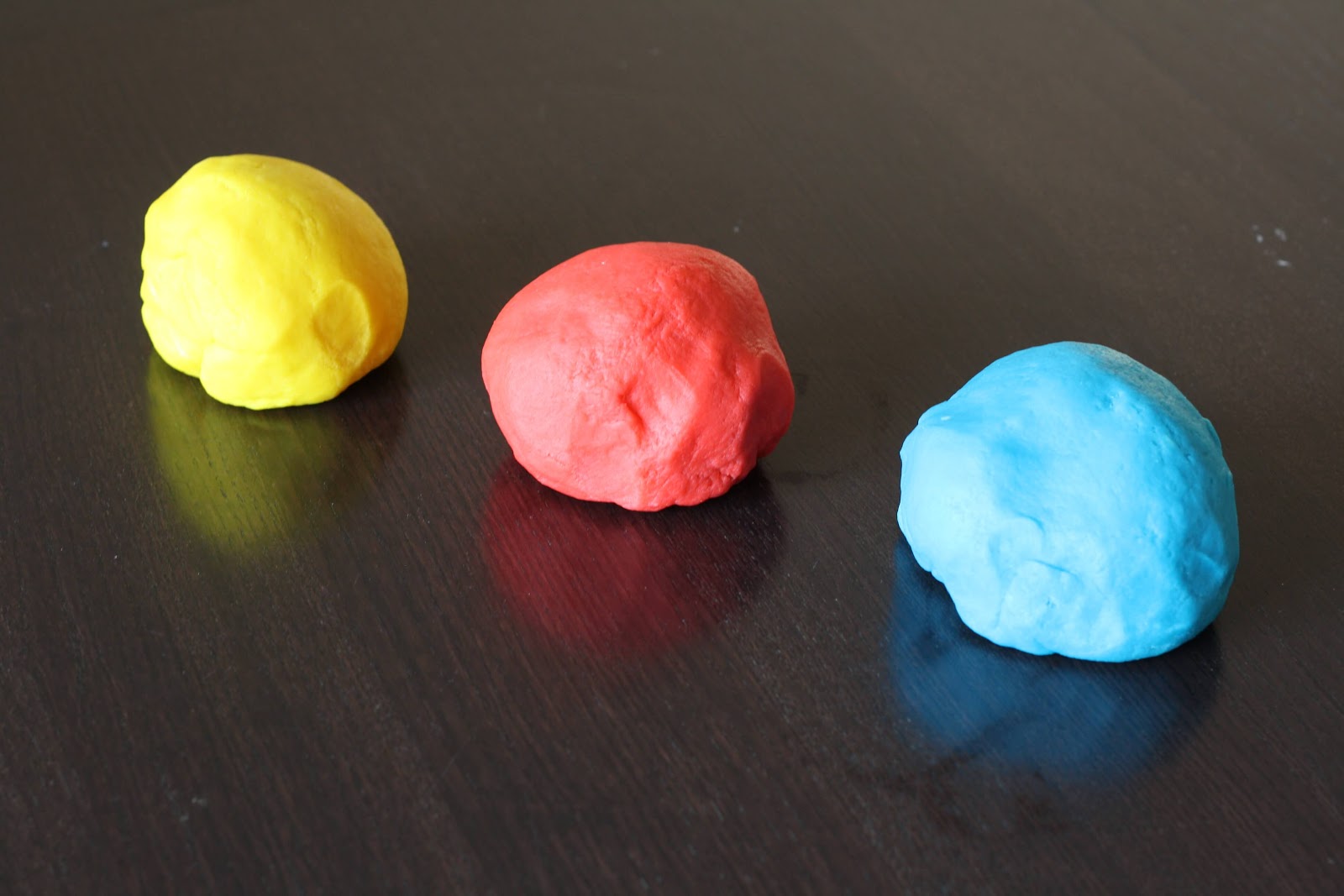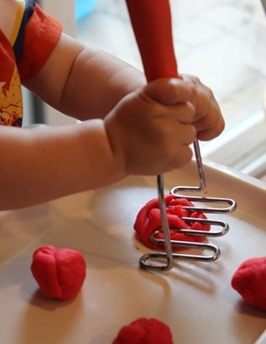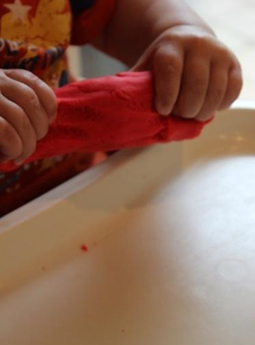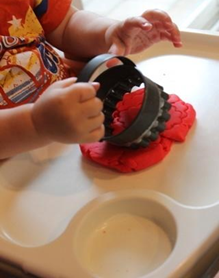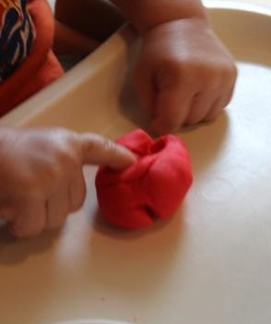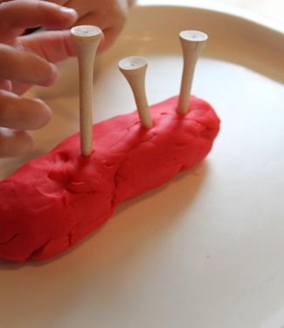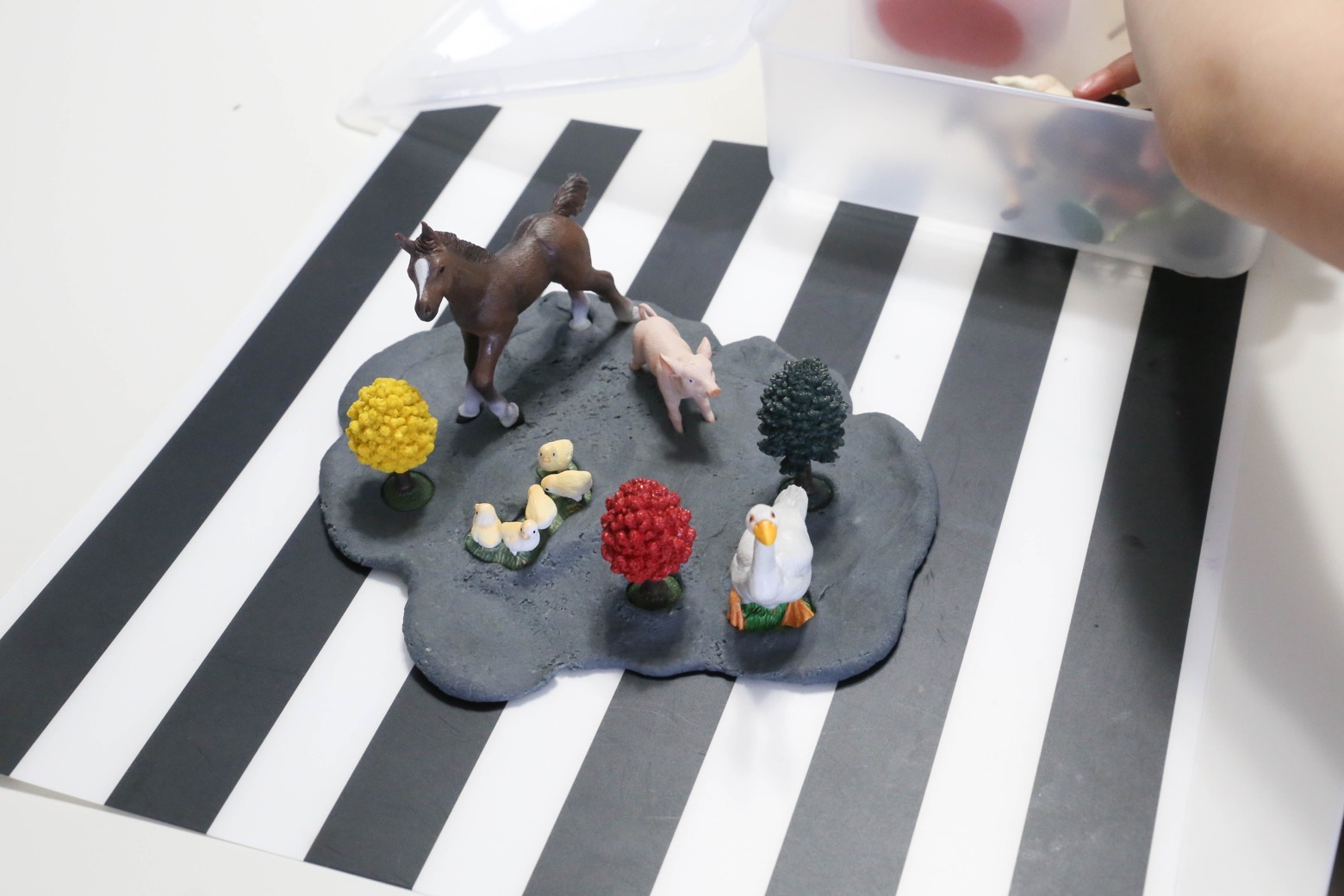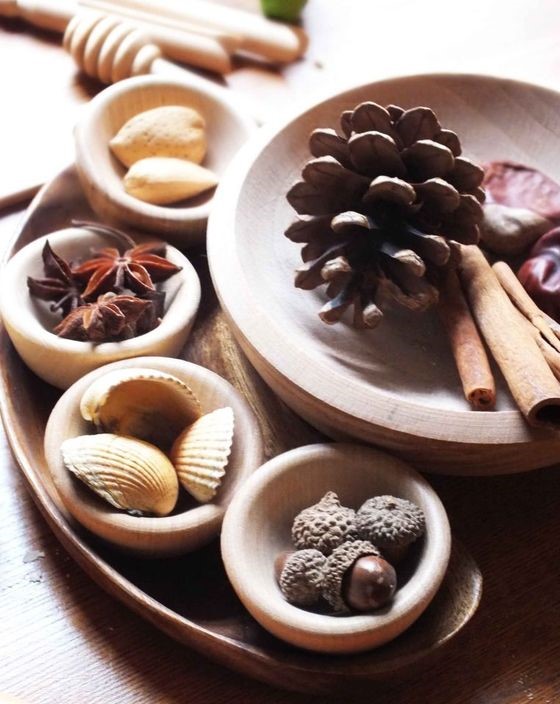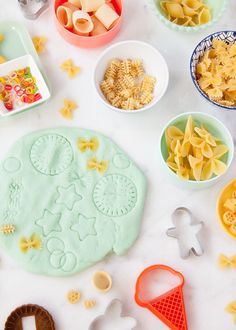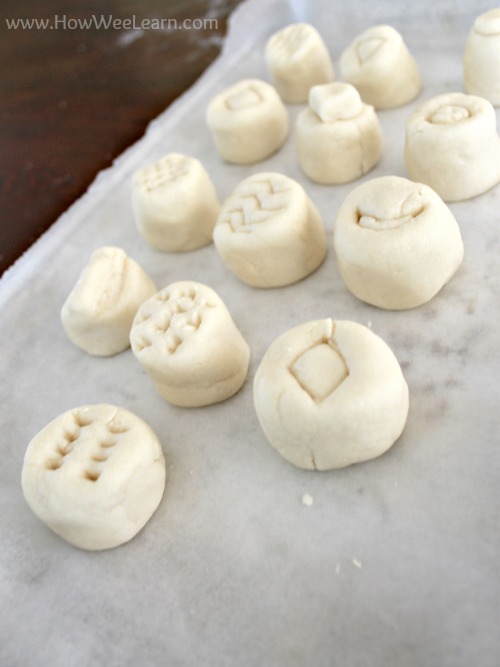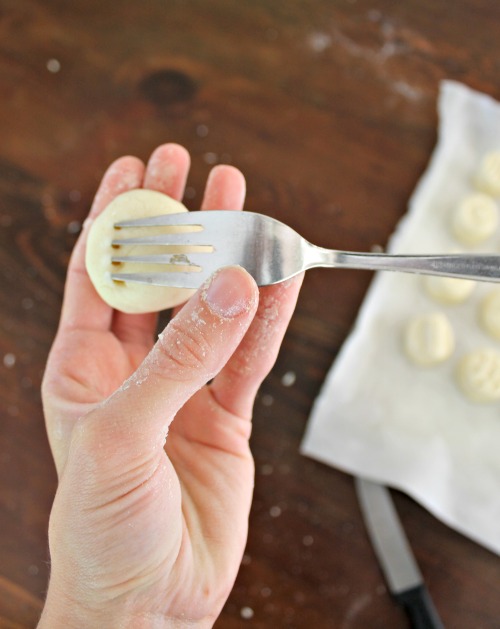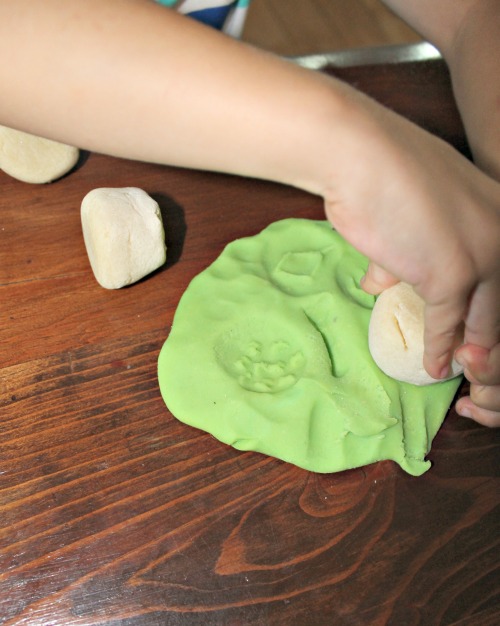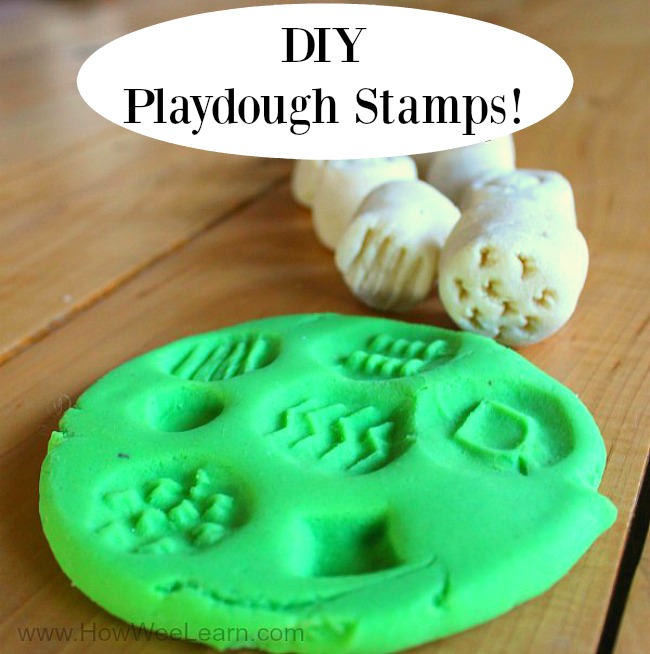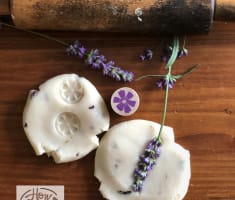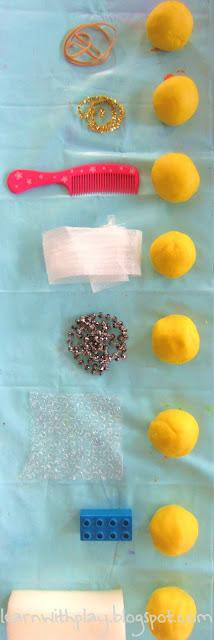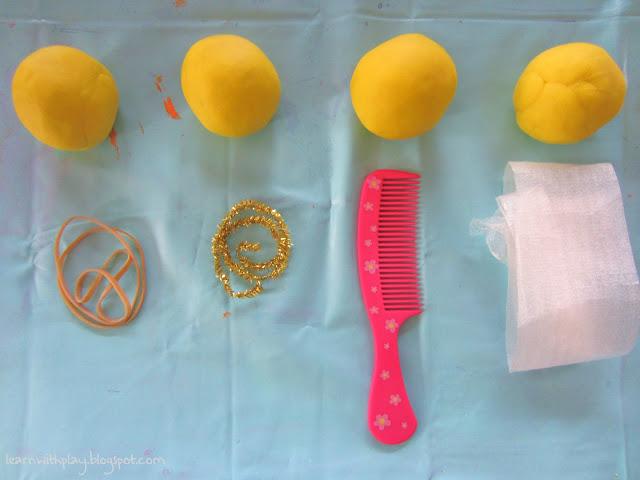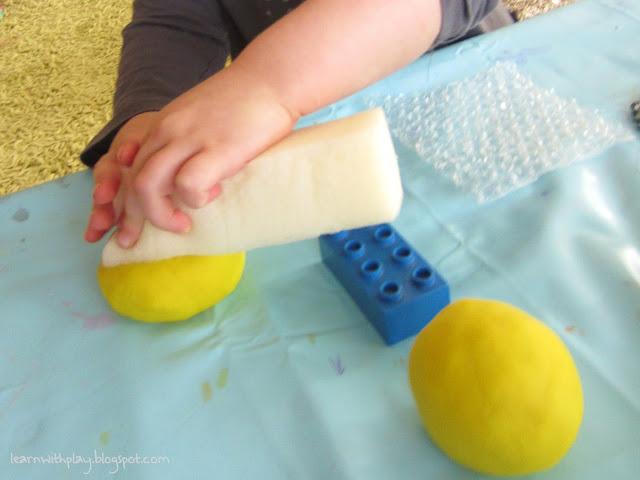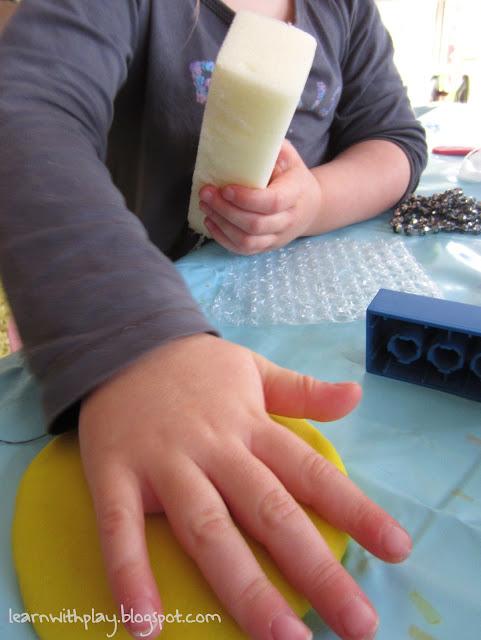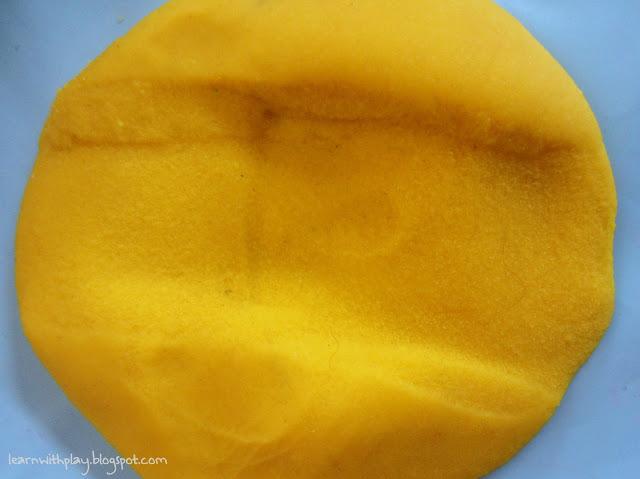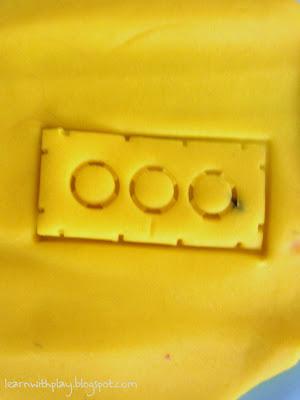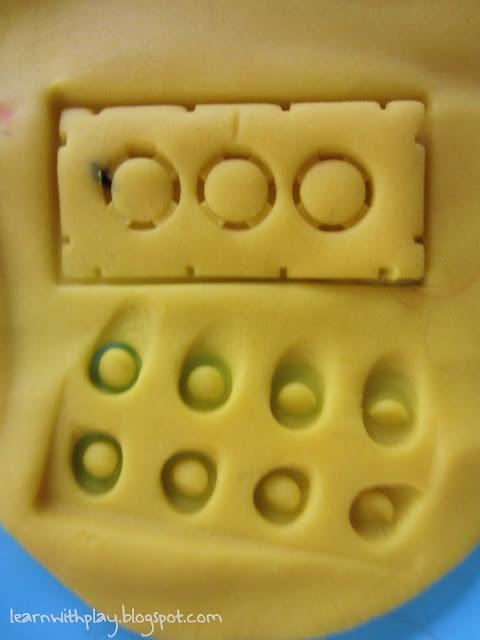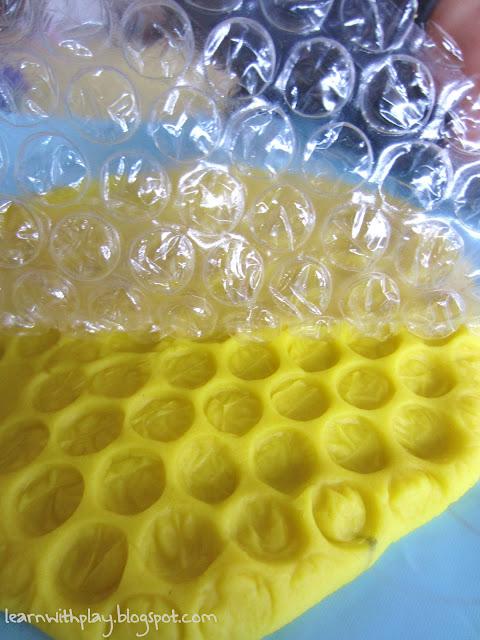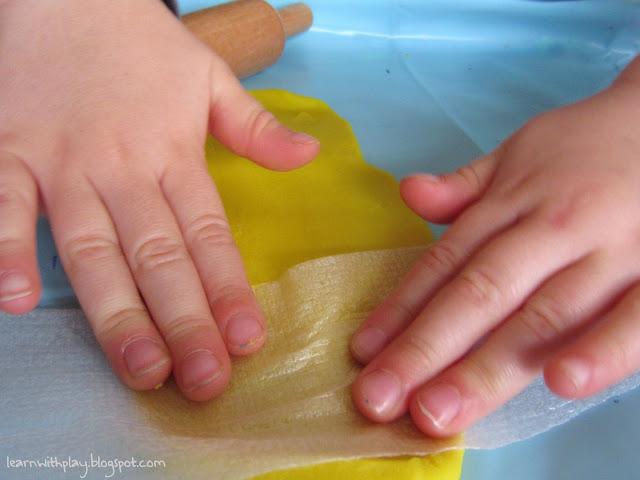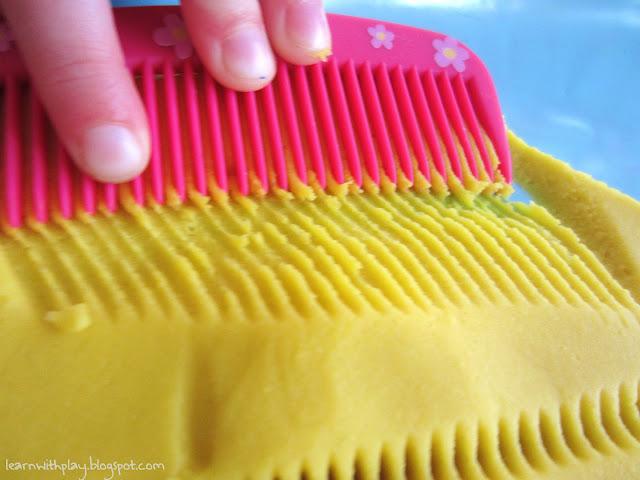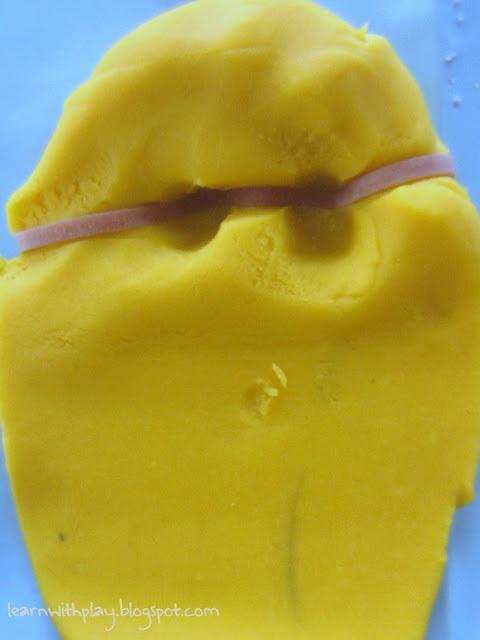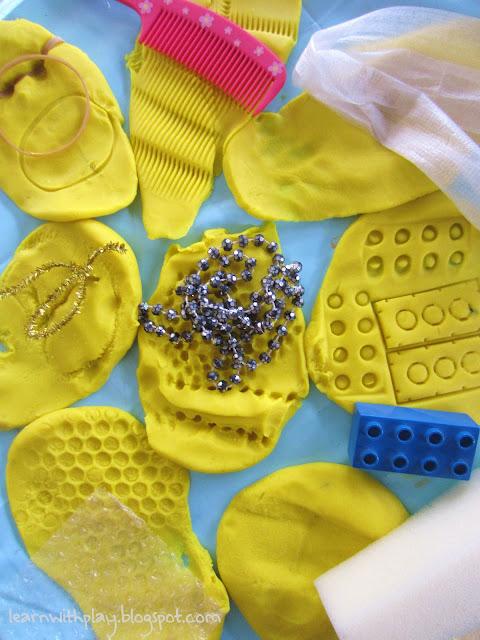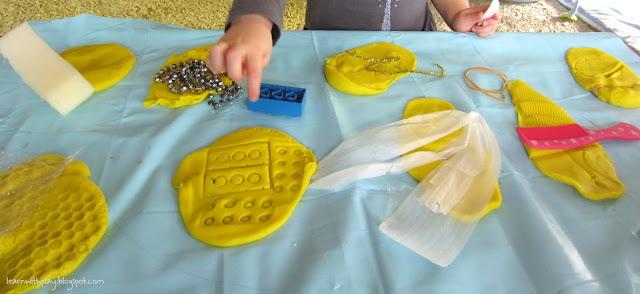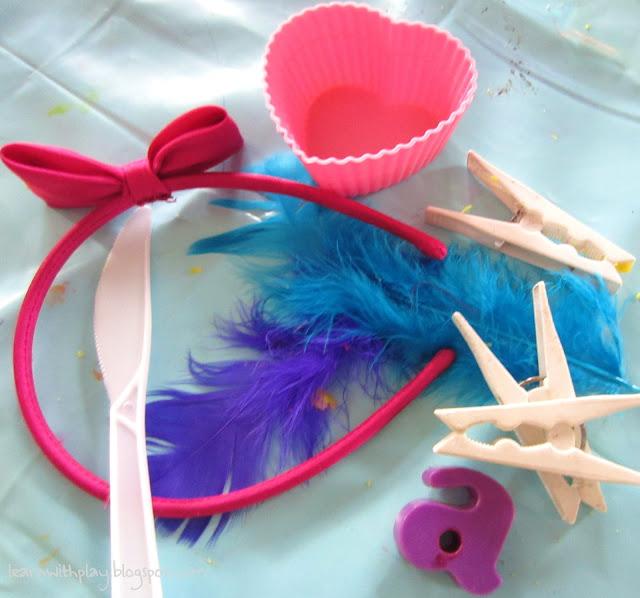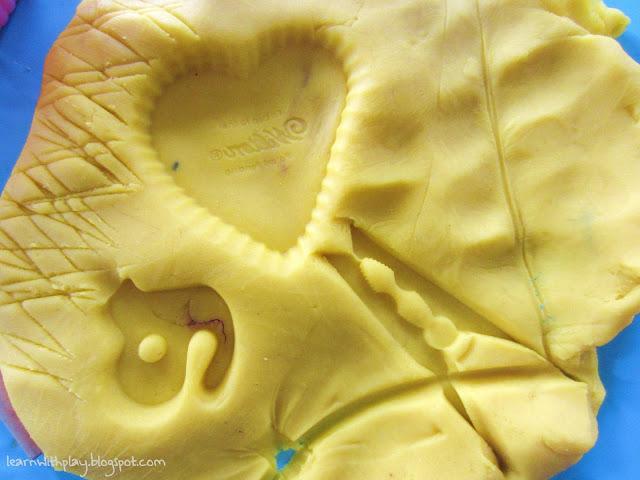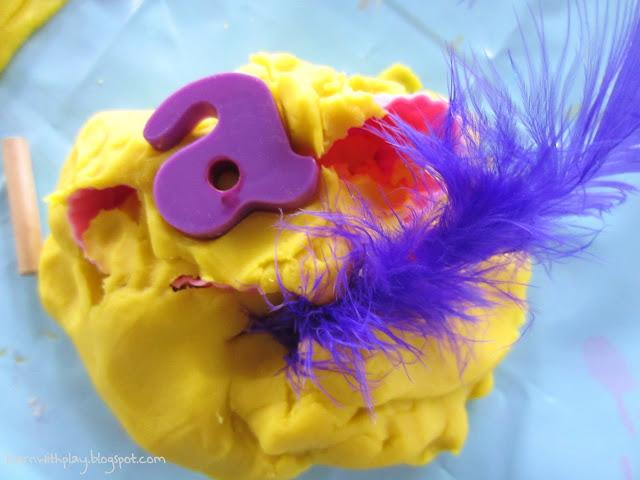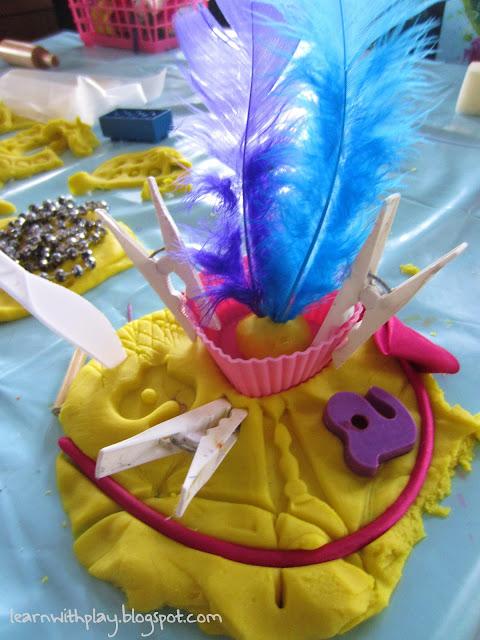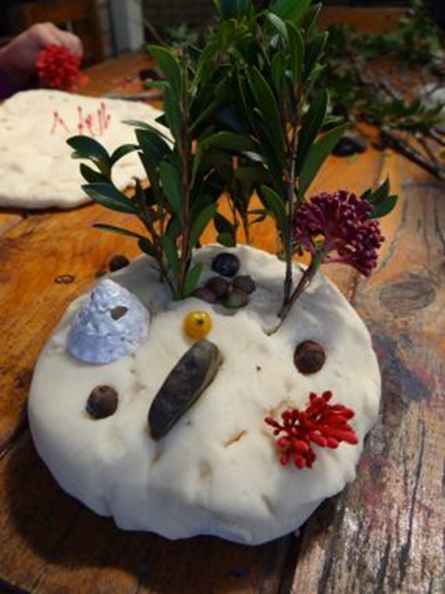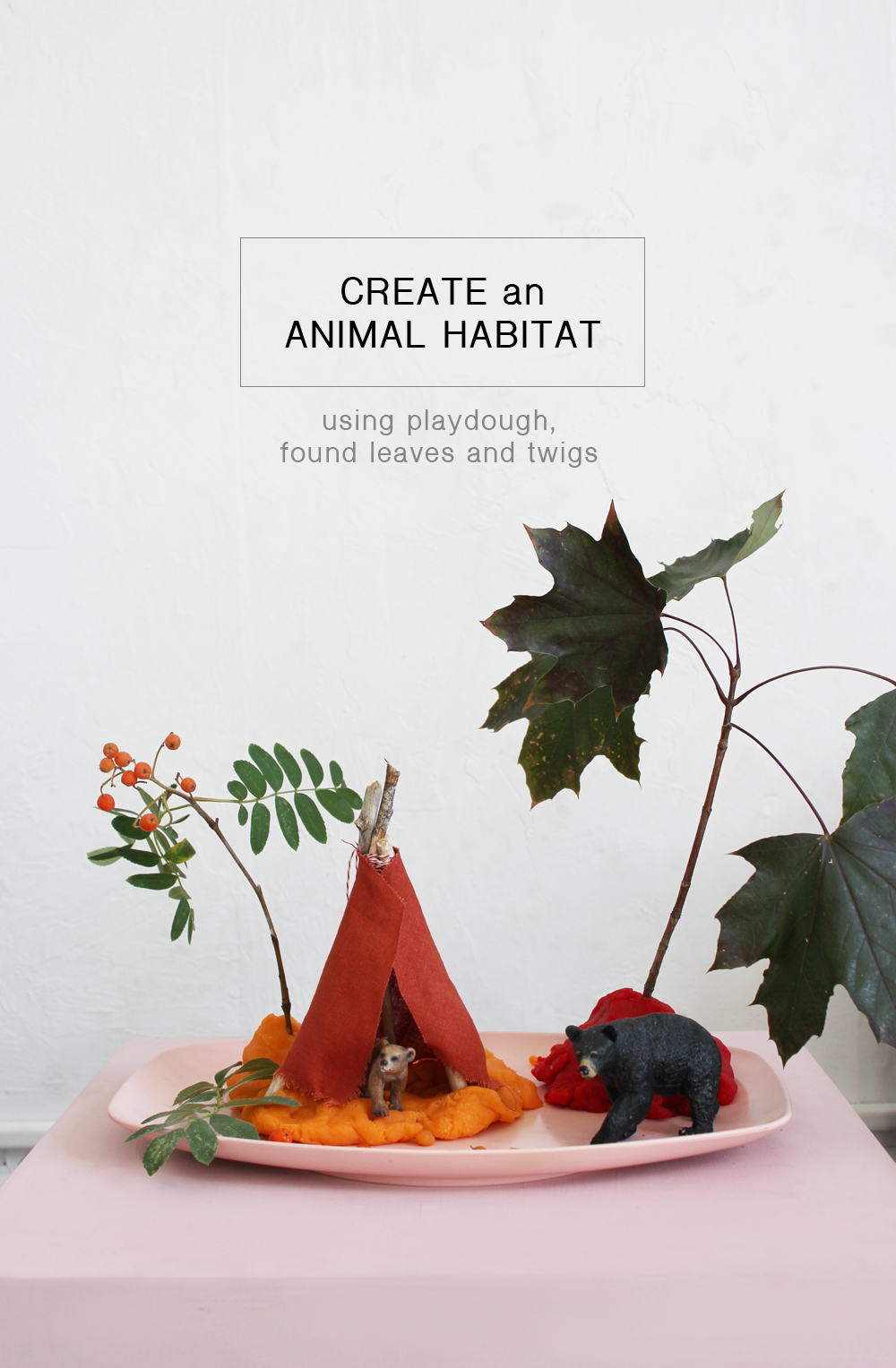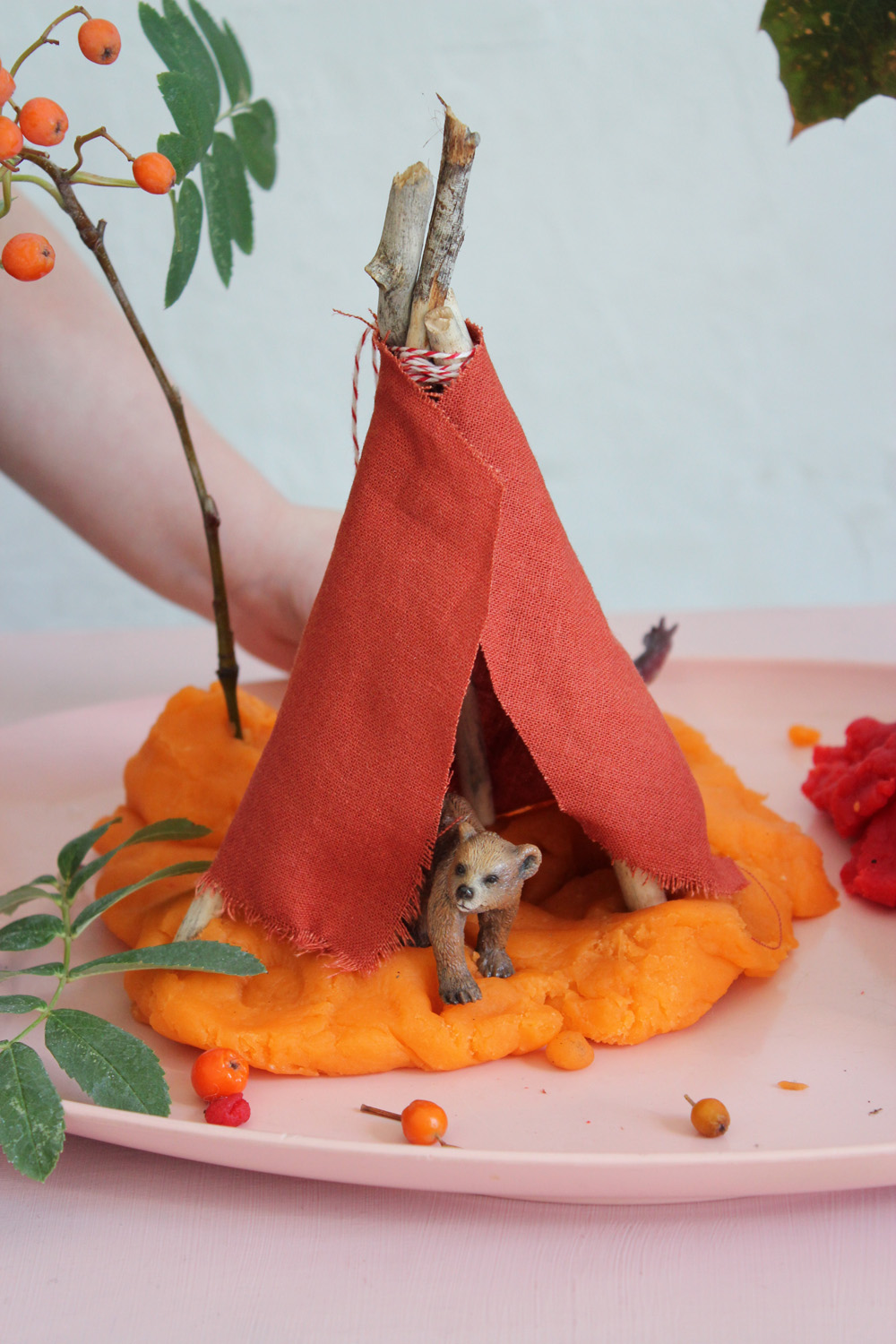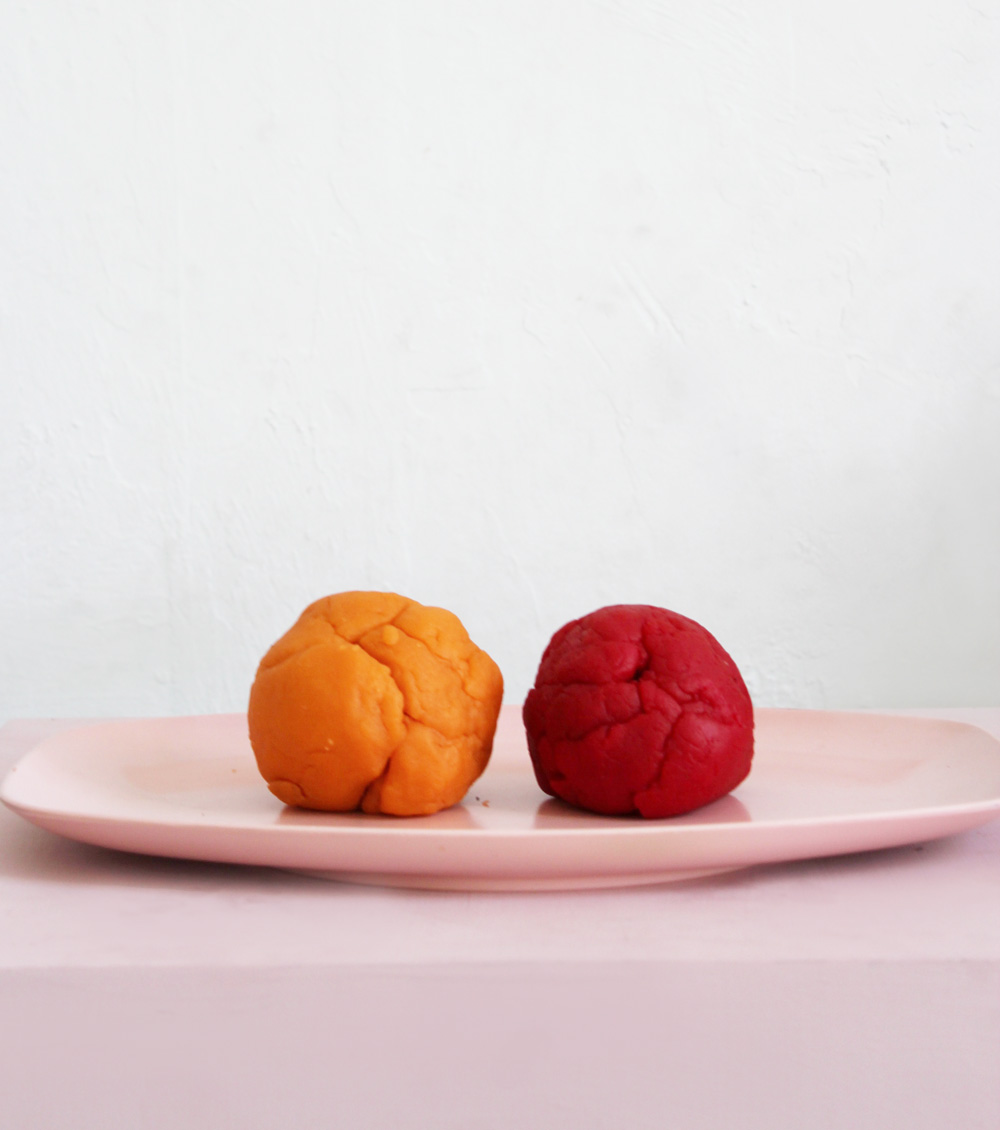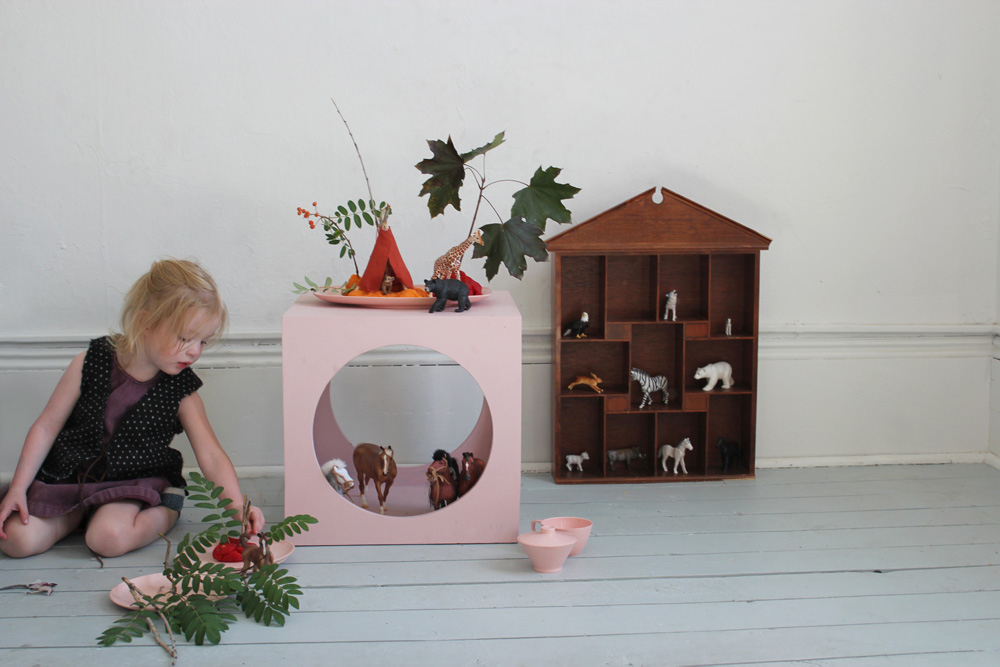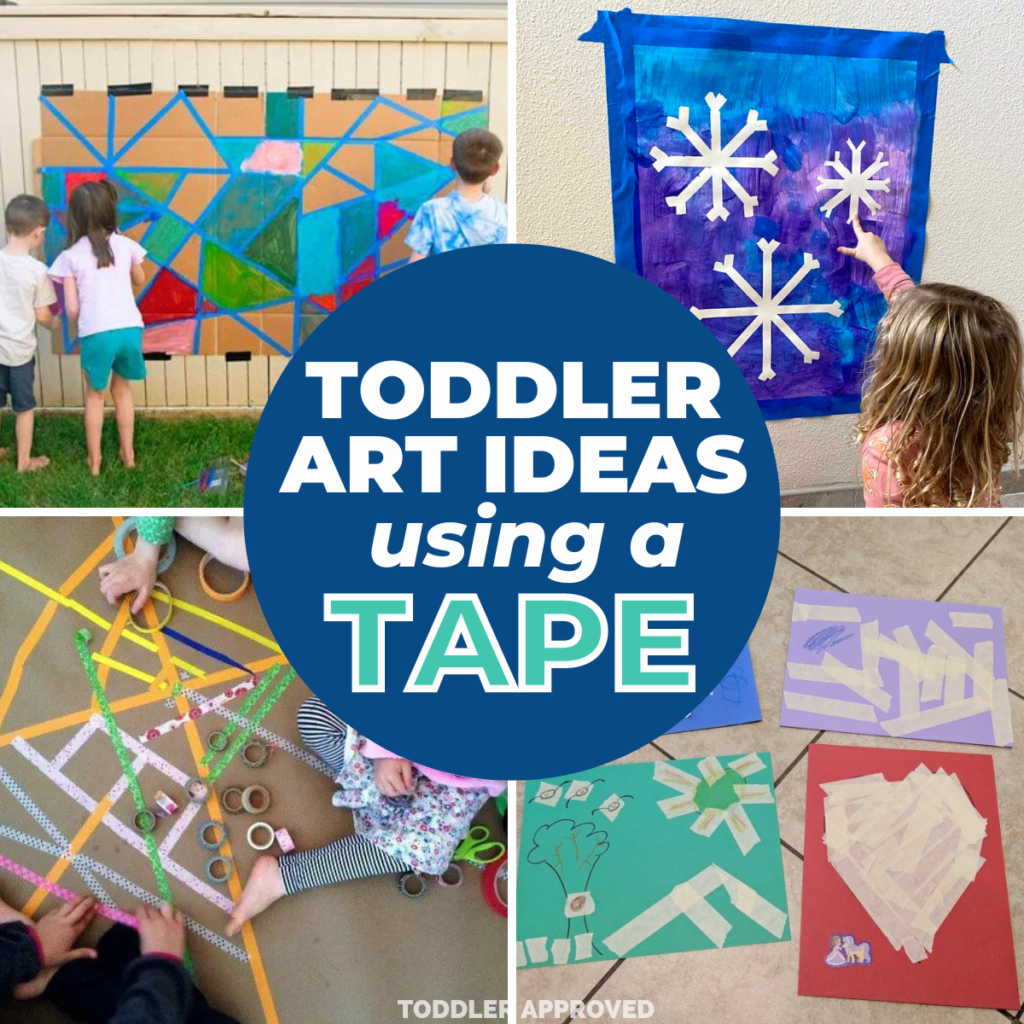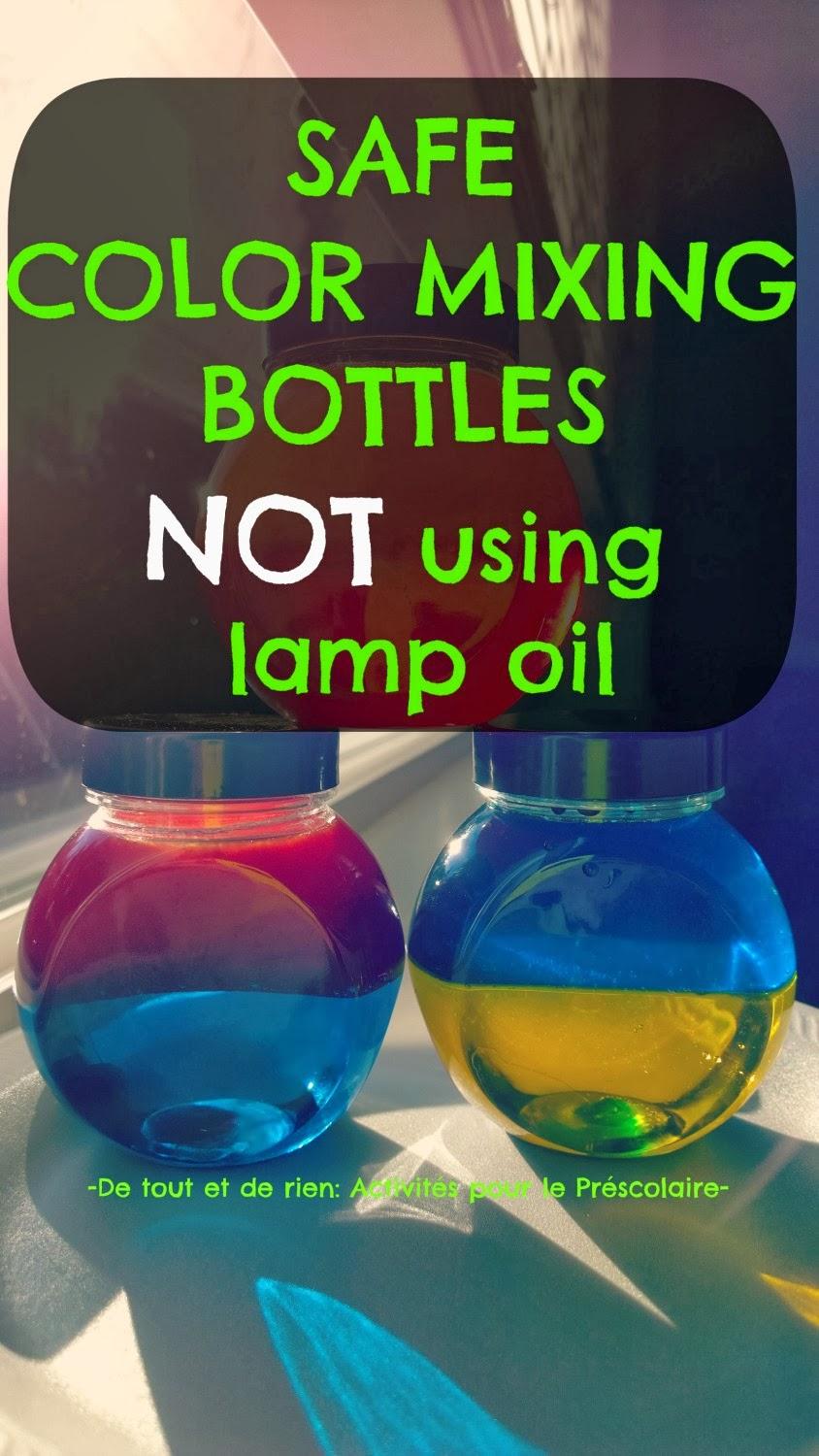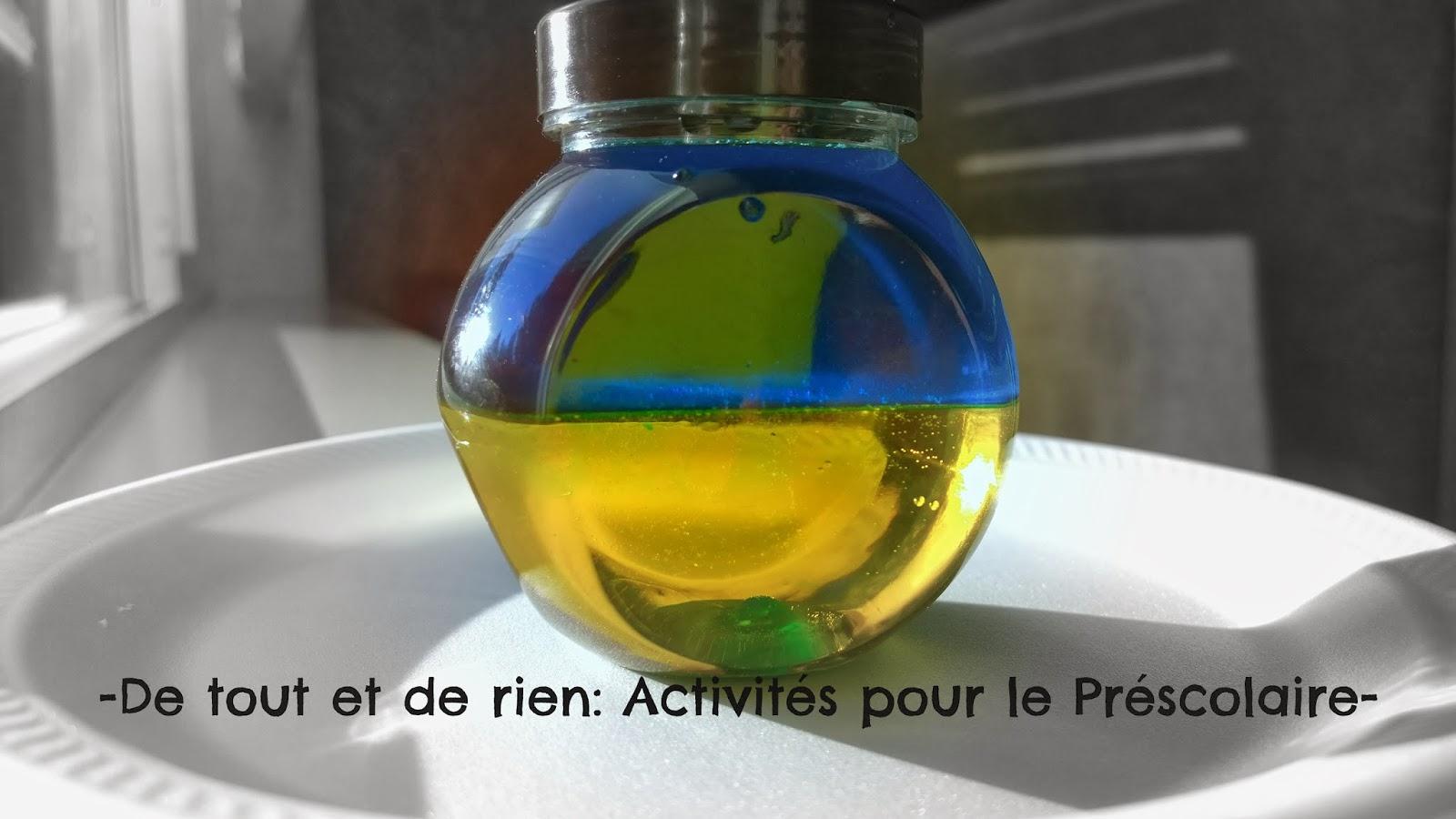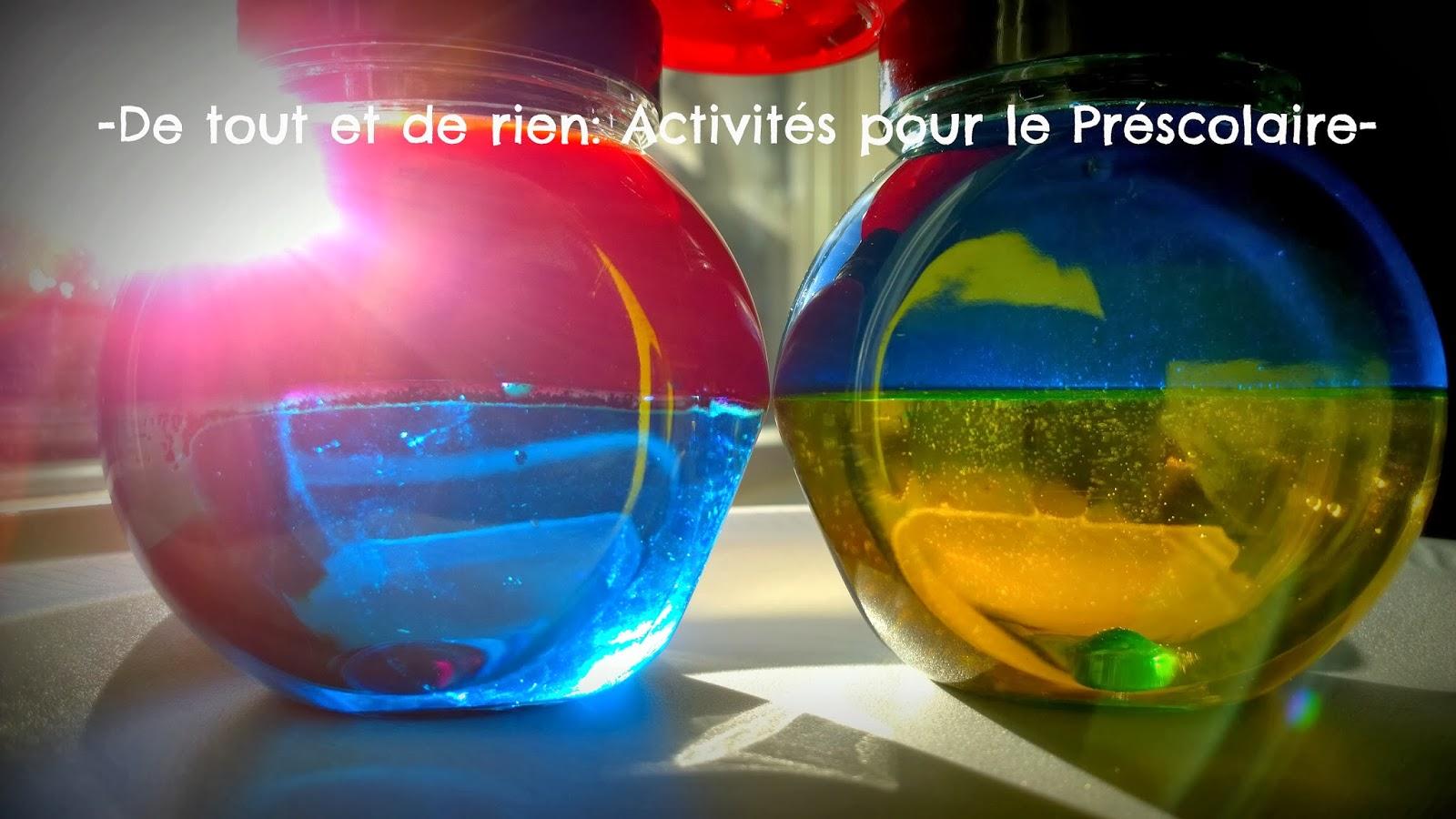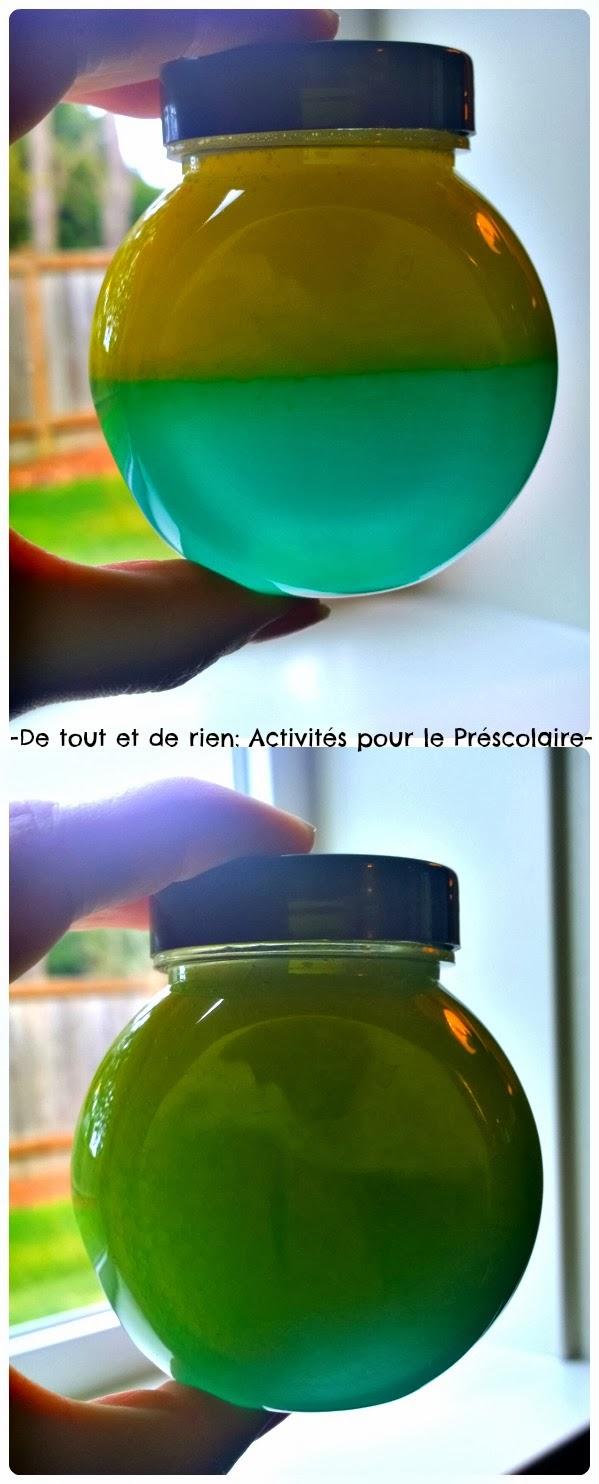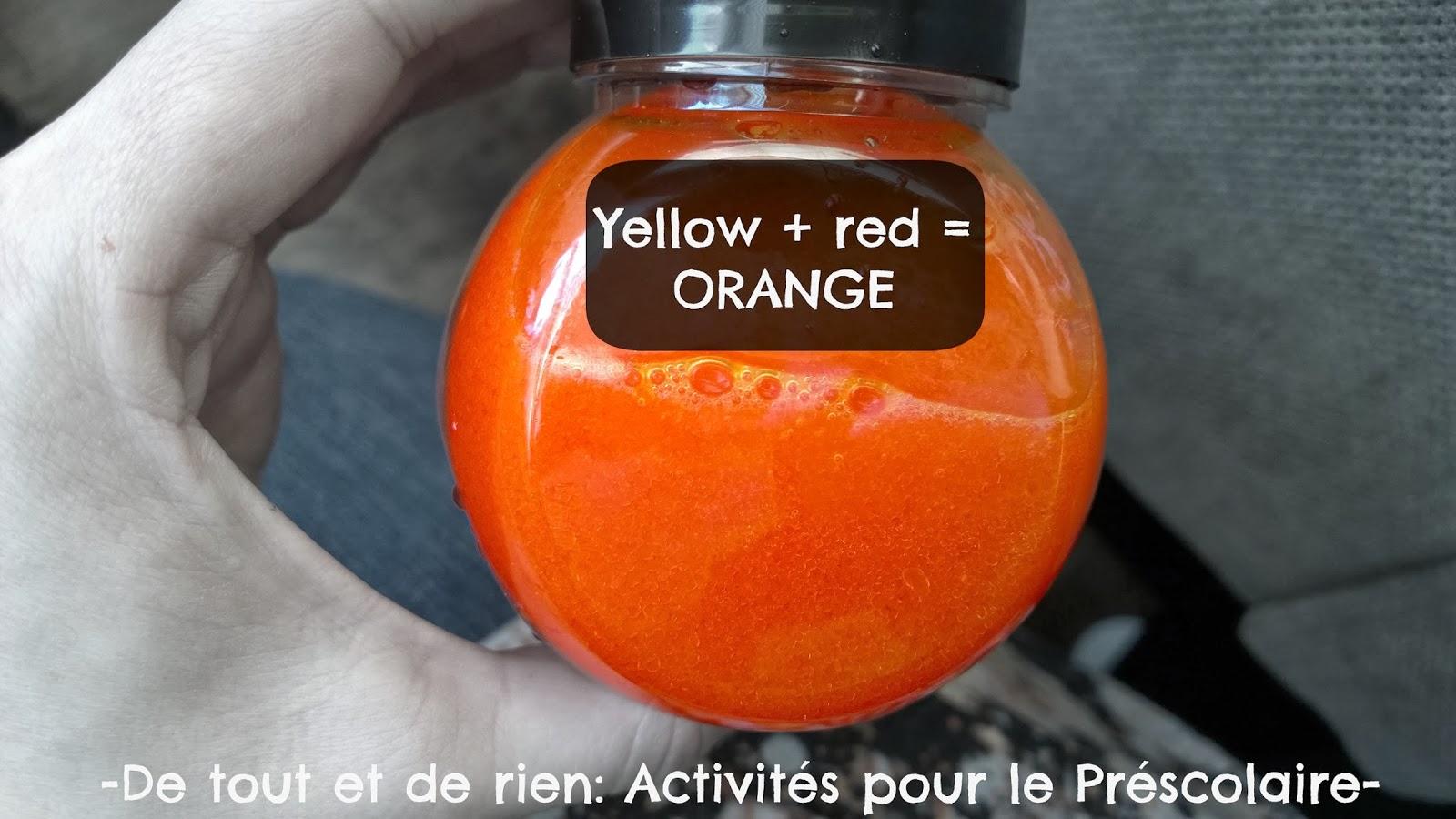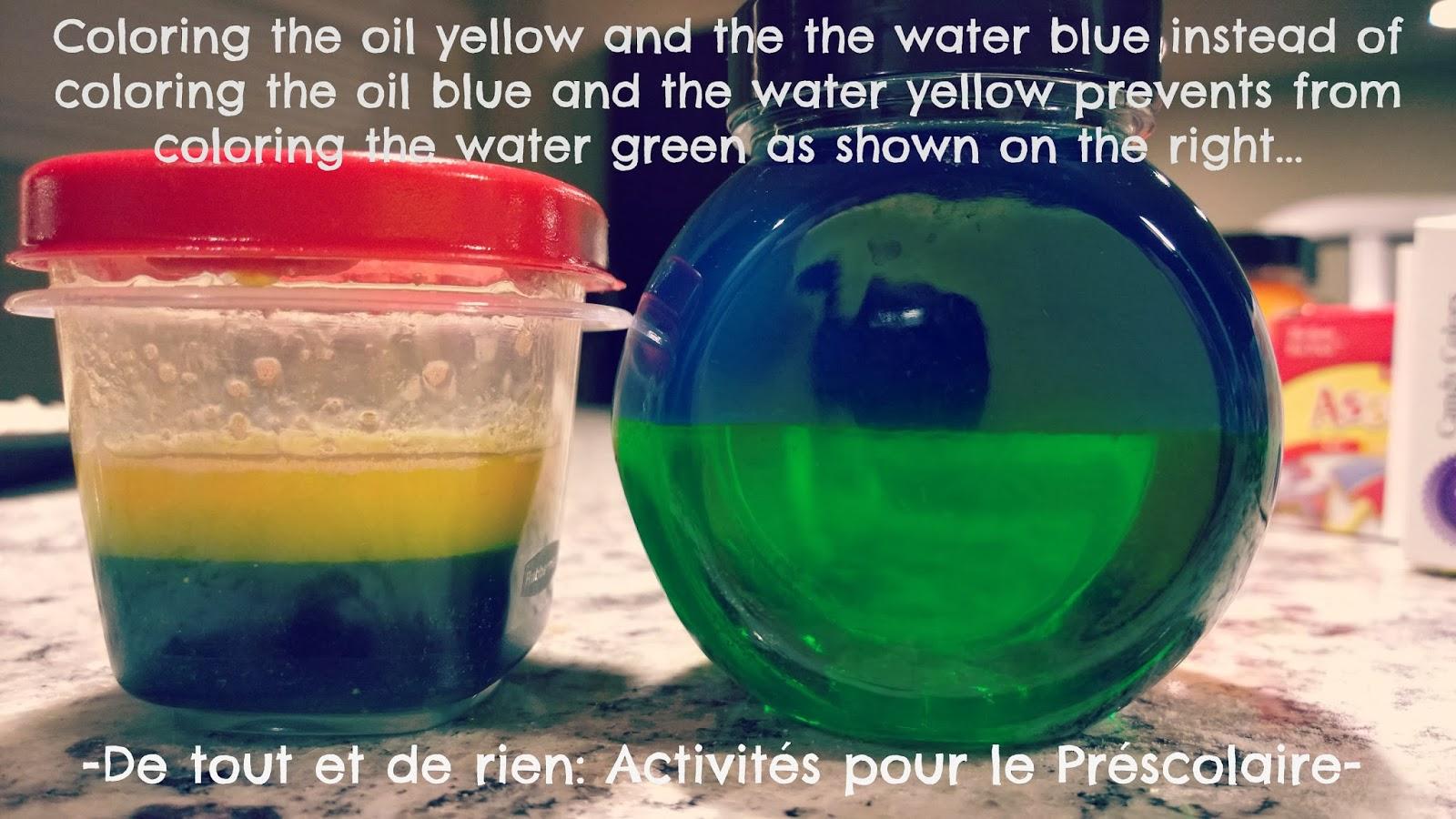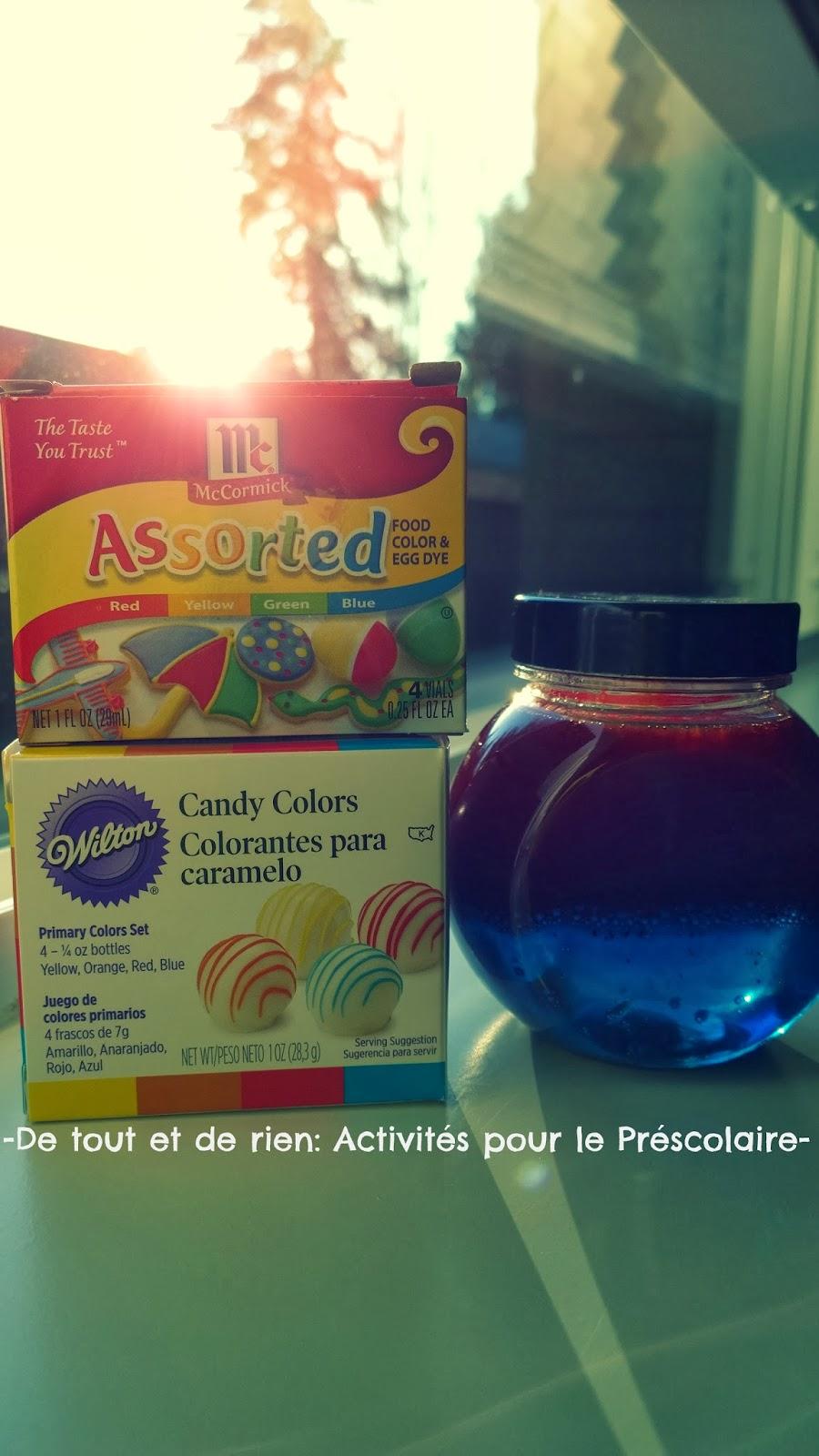Forest School & Nature Activities
Welcome to NurtureStore’s index of forest school activities. Here you will find a ready-made nature curriculum, forest school lesson plans and free printables for teaching forest-school style lessons.
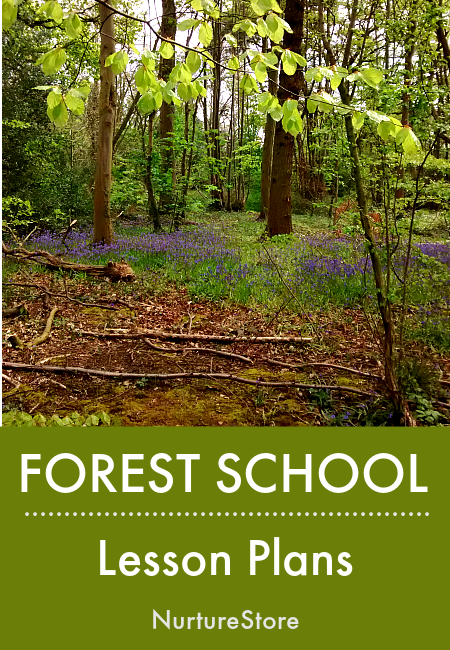
Forest school resources
Forest schools are a strong alternative or accompaniment to traditional schools. From physical to mental health, and academic to practical skills, there are many benefits of forest schools.
Whether you are a parent, teacher or forest school leader, if you are looking for forest school ideas, you’ve come to the right place. We have a wide range of nature-based lesson plans and activities you can use with your children, whatever the weather. Our best-selling The Forest Classroom: a beginner’s guide to forest school and Nature Explorers: Forest are also packed full of ideas to help you take your learning outdoors.
Choose the type of resources that best suit your needs: save time with our ready-made teaching kits or use our index of individual lesson plans to create your own DIY programme.
Save this page because it’s so full of resources you’re going to want to come back to it again and again. And share it with your friends and coworkers so they can use the lesson plans too – they’ll thank you for it!
Forest School Activities Index
You can use this index to find what you are looking for and plan your forest school lessons. You can use these quick links to jump to our forest school categories: Arts and Crafts, Beginners Guide Basics, Literacy Activities, Math Activities, Plant Activities, Science Activities, Ready-made Curriculum, Wellbeing Activities.

Ready-made nature curriculum and forest school books
You can save time and teach better using our ready-made curricula and teaching kits. These give you complete programmes to teach forest school activities and nature study: open them up and you’re ready to teach! They include thoughtfully-curated lesson plans and free printables to give your children a broad programme of hands-on, creative learning. Choose your first kit:
The Forest Classroom: a beginner’s guide to forest school
The Forest Classroom is a practical beginner’s guide to running a successful forest school. It includes lesson plans, activities, and fantastic printables that make it easy for you to teach a nature-immersed curriculum.
Nature Explorers: Forest
Nature Explorers: Forest is the perfect way to add reading, writing, drawing, and science to your forest adventures.
The Complete Seasons School Year
The Seasons School Complete Year Program gives you a complete program of spring, summer, autumn, and winter learning, combining nature study, math, science, literacy, arts and crafts, sensory and play, recipes, and more.
The Spring Teaching Kit
The Seasons School Spring Curriculum gives you everything you need for spring learning, all in one place, based around the themes of eggs, birds, seeds and shoots.
The Sunflower School Teaching Kit
The Sunflower School curriculum is a full programme of learning, in rhythm with the natural growing cycle of sunflowers. It’s the perfect way for schools, families, and gardening clubs to include science, math, literacy, art and more into gardening with children.
The Autumn Teaching Kit
The Seasons School Autumn Curriculum gives you everything you need to teach a fall nature curriculum based on the themes of apples, pumpkins, leaves and twigs.
The Winter Teaching Kit
This 21 Day Winter Activities Countdown is one part educational curriculum, one part seasonal celebration, and one part family memory making. With a winter activity for each day it gives you a complete programme of nature, science, literacy, arts and crafts, sensory, and play.

Beginner’s Guide Basics
What is forest school?
For curious parents, teachers thinking about enhancing their provision, and anyone wondering about this unique way of learning, let’s answer the question: what is forest school?
What are the benefits of forest school?
Forest schools are a strong alternative or accompaniment to traditional schools. From physical to mental health, and academic to practical skills, let’s look at all the benefits of forest school.
Forest school lesson plans :: how to open the session
Use these ideas to plan a welcoming forest school session – includes free printable forest school welcome song!
Simple nature walk rules for children
Follow these simple nature walk rules for children so you can connect with nature and enjoy your time outdoors safely and respectfully.
17 easy nature walk ideas for children
Nature walks with children are a key forest school activity. Try these easy nature walk ideas and enjoy the great outdoors, with a different learning objective each time.
Forest school lesson plans for spring
Lead an engaging nature curriculum full of spring nature activities using these ready-made forest school lesson plans for spring.
Forest school lesson plans for summer
Try these ideas for forest school lesson plans for summer to enjoy your outdoor classroom at the height of the year.
Forest school lesson plans for autumn
Make back-to-school planning easy and start the term strong with these ready-made forest school lesson plans for autumn and fall.
Forest school lesson plans for winter
Get great ideas for outdoor lessons and nature activities whatever the weather with these forest school lesson plans for winter.
Forest school for childminders
Use this easy and practical guide to starting a forest school for childminders to bring more nature activities to your child care provision.
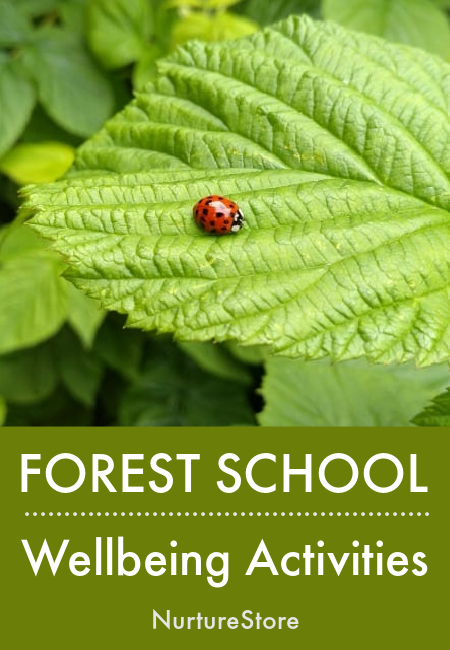
Wellbeing activities for forest school
Sit Spot forest meditation
Try this sit spot mindfulness activity for forest school with your children and encourage peace and connect with nature. A great wellbeing activity to help children focus and relax.
Forest school lesson plans :: how to open the session
Use these ideas to plan a welcoming forest school session that is inclusive and supportive.
16 forest school recipes for easy camp fire food
Join the feast! Here are sixteen delicious forest school recipes that you can cook over a campfire to build connection and community in your forest school class.
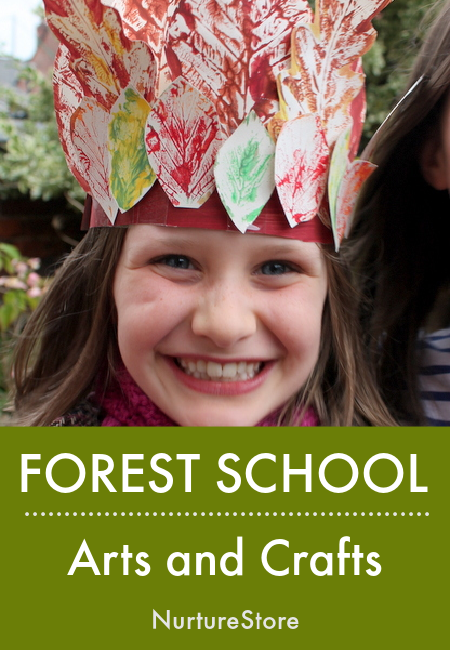
Arts and crafts for forest school
Forest school mandala activities
Celebrate nature and create outdoor art with these forest school mandala activities.
Nature Colour Wheel
This nature colour wheel activity is a great way to combine the colour theory of an art lesson with the careful investigation of a science lesson in your forest school outdoor classroom. It comes with a free printable colour wheel too.
Flower crowns
Flower crowns are a lovely nature craft and forest school activity. You can use them on a nature walk to explore the plants you discover along the way and tell the story of your walk through the treasures you find.
Leaf printing
A classic childhood craft – autumn leaf print art is a gorgeous now as it was when we were children. Here are some ideas to add some extra sensory dimensions, and craft ideas that make the most of your lovely leaf prints.
Leaf crowns
Celebrate the season in style with this easy autumn craft for forest school – make a leaf crown!
Twig weaving
Twig weaving combines natural materials and traditional craft to make a beautiful decoration for your forest classroom.
Apple or leaf print gratitude flags
Here’s a Thanksgiving craft for kids that’s fun to make, looks beautiful and sends out positive wishes to the world: Thanksgiving prayer flags.
Percussion stick musical instrument
This is a fun musical activity you can include in a forest school session.
Clay Faces
Here’s a fantastic outdoor art idea that’s perfect for forest school, using natural materials found in the forest to make clay faces on tree trunks.
How to make corn dollies
Reviving a traditional English craft, here’s how to make a corn dolly craft, perfect as a harvest celebration activity for children.
Leaf wreaths
Ten simple ideas for beautiful homemade fall wreath projects, using a variety of gorgeous art techniques, suitable for kids of all ages.
Leaf suncatchers
Make beautiful art taking the idea of leaf art and adding it to my Sticky Picture frames.
Flower petal suncatchers
Combine natural, sensory materials, art, math and a little meditation and make pretty flower mandala designs.
Twig magic wands
Here’s how to make a magic wand from natural materials for imaginary play.
Land art mandalas
This idea for nature mandalas for kids takes its inspiration from spring flowers.
Play dough leaf printing
Celebrate the change in season by adding a forest twist to our easy no cook playdough recipe.
Build stone cairns
Have you ever tried building stone cairns? If you have children who love building towers they’re a wonderful activity to try – combining natural materials, loose parts, construction play and just a little added dash of wow-factor!
Make a fairy land
A favourite spot in our outdoor classroom, this fairy garden design is great for promoting magical imaginary play, and a delight for the senses.
Leaf symmetry art
Let’s learn about leaf symmetry in this STEAM lesson that combines math and art.
Leaf colouring sheet
Use this free printable leaf colouring page as an easy autumn art project to explore pens, paints, pastels and pattens.
Leaf print Christmas tree craft for forest school
This leaf print Christmas tree craft is a beautiful way to make a nature-based Christmas card and a perfect forest school Christmas craft.
Flower printing garden art
Here’s one of our favourite ideas you can use for creative art and crafts based on a garden theme.
How to make mushroom spore print pictures
Learn about the structure of fungi and use them to create art as we make spore prints from mushrooms. A fun and fascinating nature art and science project!
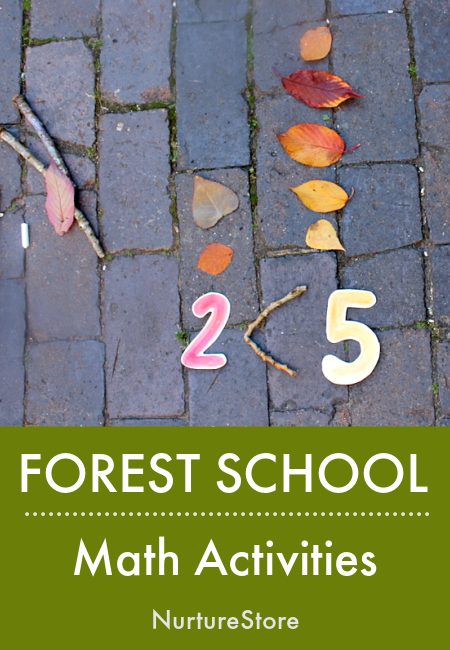
Math activities for forest school
Forest school math activities
Gather your twigs and leaves and use these fantastic ideas for hands-on forest school math stations.
Leaf numbers and counting
These simple leaf math games for preschool let you take your learning outdoors for hands-on fun.
Number stones
Here’s a great idea for outdoor math making numbers stones.
Counting with sticks and playdough
Create this hands-on math game with just a few items inspired by flowers.
Counting with rocks and play dough
Combine play dough and natural materials to teach counting with rocks.
Explore nature shapes
This is a super idea for nature shapes outdoor math activities.
Leaf math games
Make a set of leaf numbers for math activities outdoors.
Nature counting treasure hunts
Here’s a fun idea to take math outdoors using chalk to set up a simple treasure hunt.
Leaf numbers printable
Celebrate the autumn season and fill your lessons with leaf-themed math activities.
Leaf number line
Make a beautiful leaf number line and use it with these ideas for autumn math activities.
Leaf symmetry art
Let’s learn about leaf symmetry in this STEAM lesson that combines math and art.
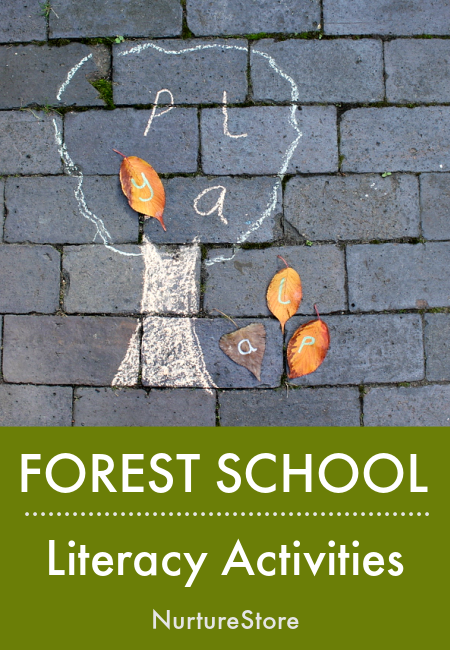
Literacy activities for forest school
Nature Explorers: Forest
This interactive nature journal will get your children reading, writing, drawing and building their forest vocabulary.
How to make a forest nature journal for kids
Use our ideas, prompts and printable nature journal pages to make your own science book: a forest nature journal and a unique record of your time in your local woodland.
Forest school literacy activities
These forest school literacy ideas make use of twigs, leaves and seeds for fun, hands-on letter and spelling activities.
Story Stones
Story stones are a great art project and make pretty ‘loose parts’ toys to use for storytelling and pretend play.
Outdoor ABCs
Five fun ways to practice letters and words while enjoying some time outdoors.
50 favourite children’s books about nature
Grab one of these brilliant books about nature and take your reading outdoors to an amazing outdoor reading area.
Mud pie alphabet
How to make a glorious mud pie alphabet.
Leaf letters printable
This leaf alphabet printable is great for letter games, learning the alphabet, and spelling out words. Download the leaf printable and try out these forest-themed literacy activities.
Twig pens and sensory mark making
Set up a fall writing center with this forest-themed sensory writing tray and twig pen.
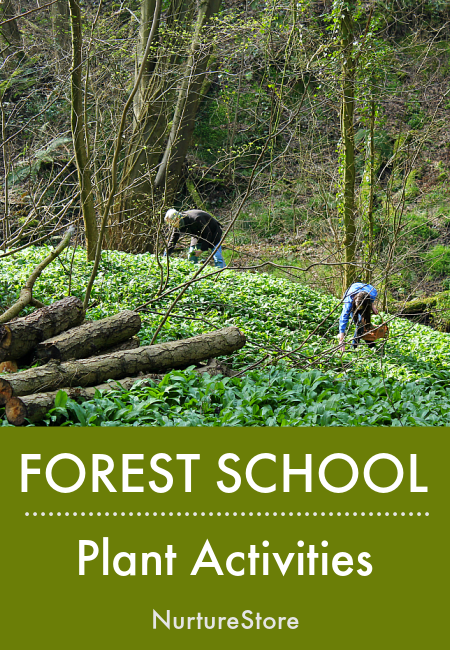
Plant activities for forest school
Forest school treasure hunt printable
This forest treasure hunt printable for kids is a great way to make the most of your visit to the forest. Prefect for families, forest schools, and outdoor community groups.
Learning about trees
Use this tree lesson plan to learn about the different types of trees in your forest.
Blackberry picking guide
Here’s a simple blackberry picking guide for children, along with a blackberry nature journal printable you can use to learn all about these delicious, seasonal fruits.
Elderberry picking guide
Show your children how to identify and forage for elderberries and cook up some delicious elderberry syrup.
Wild garlic picking guide
Learn how to forage for foods in season in spring, how to identify wild garlic, and try this deliciously easy recipe for wild garlic pesto. Includes a free printable wild garlic nature journal page.
Learning about apples
Let’s learn about apples with this apple lesson plan, apple investigation, and easy apple recipes.
Apple taste test lesson and printable
Use this printable apple taste test sheet to learn about apple varieties and discover which apple is your favourite.
Hawthorn foraging guide for children with hawthorn tea recipe
Use this foraging guide for children to learn how to identify hawthorn and try these easy hawthorn recipes.
17 easy nature walk ideas for children
Nature walks with children are a key forest school activity. Try these easy nature walk ideas to get to know the plants, animals and changing seasons.

Science activities for forest school
Nature Explorers: Forest
This interactive nature journal will get your children reading, writing, drawing and learning as they create a unique science book about their own forest.
What is a biome? lesson for children
Introduce your children to biomes with this simple biome definition. Learn about the key world biomes and focus in on the three forest biomes, including where the are located and which animals and plants you can find there.
Leaf and seed cards
Let’s get to know leaves and seeds. Use these free printable three-part leaf and seed cards with these eight forest school activities to get to know your trees.
Deciduous forest food chain lesson
In this forest food chain lesson for kids you can teach your children about the forest food web using these printable animal and plant cards.
Cloud activities and printable ID cards
Let’s learn how to identify clouds as part of our learning about the weather unit.
Make a weather station
Here’s how to make a rain gauge to include in a forest weather station.
Bug Hotel
Use this guide on how to make a bug hotel as an animal conservation project.
Flower nature study
A complete unit of daffodil lessons for spring: use these resources to learn about daffodils and the parts of a flower, create daffodil arts and crafts, study the famous daffodils poem by Wordsworth and create your own, plus bonus printables!
Growing seeds experiment
In this growing seeds experiment we’ll be investigating seeds, and comparing bean and pea seeds as they germinate and begin to grow.
Weather Spinner printable
Let’s make a weather chart! Download this free weather spinner printable and learn about the climate in your outdoor classroom.
Autumn nature walk printable
Use this autumn nature walk treasure hunt printable as a nature spotters guide.
Nature table
Use these ideas to create a nature table discovery centre with your children that invites them to explore the forest with all their senses.
Easy forest school activity :: ten things in ten minutes
Need a quick forest school activity? Try this ten things in ten minutes investigation.
Parts of a tree lesson with printable
Learn about the parts of a tree with this free printable and tree lesson ideas – a great forest school lesson for any time of year.
How to use a nature journal with children
This guide to nature journalling will help you start your own nature journal. It includes ideas on what to include in a nature journal plus links to nature journal prompts and printable nature journal pages.
17 easy nature walk ideas for children
Use these themed nature walk ideas to study the plants, animals, and environment around you.
Printable forest animal picture cards
Let’s learn about the forest biome with these printable two-part forest animal and plant cards.
How to make a forest animal small world play set
Learn how to make a forest small world using loose parts and natural materials plus find out how you can get a set of forest animal model printables to play with. We’ll talk about how to use small worlds as a science activity, and how small world play develops language skills.
Wolf facts for children
Learn these fun wolf facts for children and download the printable wolf information sheet for your nature journal. Plus make your own wolf model using our cut-out printable puppets of forest animals.
Recommended
